In addition to the Watershed Exhibit, Performance Center, and restaurant, there are seven restored 18th and 19th century houses that provide insight into the lives and culture of settlers in this area from 1765 to 1890. There is also a trapper cabin, school, and church at the park.
La Maison des Cultures (circa 1840) is an Acadian-style home made of colombage (half-timber frame) and bousillage (mixture of mud and Spanish moss). Note the external stairway leading to the sleeping area for the older boys of the family.
La Cabanage de Piegeur is a replica of an Acadian trapper's hut. These were built along bayous that was used for travel, hunting, fishing, etc.
Boats of the era can be seen in the Le Hangar a Bateau (boat shed) next to the trapper's hut.
Beau Bassin (circa 1840) was also built of colombage and bousillage blending American Greek Revival and Creole styles. A 150-year-old Acadian loom is housed here. Demonstrations of spinning cotton (inside) and doing laundry (outside) can also be seen here.
L'Ecole is a reproduction of an 1890s schoolhouse of the area. Louisiana state law forbade speaking French in schools until 1968, even on the playgrounds.
Le Maison Mouton is a reconstruction of an 1810 Arcadian house. It has a detached kitchen as was the custom at the time because of the heat generated during cooking and the risk of fire. Woodworking skills were demonstrated here by a highly skilled artisan.
Detached kitchen.
La Maison Acadienne (circa 1830) is a bousillage structure that was located on the Mouton Plantation nearby. It was originally a plantation schoolhouse for the children of Jean Mouton, the founder of present-day Lafayette.
La Forge where a smith build agricultural and construction tools.
La Maison Buller (1803) has the typical Creole construction of a steeply pitched roof. A volunteer provided us with lots of interesting information about the typical family life in this home.
Le Presbytere (circa 1830) is a tiny cottage typical of early Acadian architecture.
La Chapelle des Attakapas is a reproduction of the style of Catholic Churches in the 1760s-1770s. Catholicism was the only legal religion in Louisiana until after the Louisiana Purchase in 1803. Because priests were rarely available, laymen held the services for the congregation. African Americans attended the same churches (both slave and free men). The cemetery grave markers were made by local blacksmiths.
This ferry located near the church is typical of how settlers would cross the bayou.
La Maison Boucvalt (circa 1860) has glass transoms that were common during this era to let out hot air (and let light in as well). The shutters are also indicative of the time.
La Maision Broussard (1790) is the oldest (and largest) house at Vermilionville. It is of traditional colombage and bousillage construction and is a French Creole house that with Anglo-American architecture. This was the home of Armand Broussard who married at age 16. The following year is wife (14) died in childbirth with twins (one of the twins survived). Four years later he married again and had 13 more children; all of them raised in this home. He was a patriot that fought in the American Revolution and War of 1812. He ran a very successful cattle ranch and left a substantial estate for the time.
A bird, a flower and some turtles.
Admission to Vermilionville is $10/adults and $8/seniors. We did not visit here until we had been in Abbeville a week and I wish I had planned an earlier visit. The houses and other structures provide a real understanding of the culture here during the 1800s. The If you are in the area, I would consider this a must see!
You can also enjoy a meal at the La Cuisine de Maman and live bands at the Performance Center. Visit their website for additional information on event schedules.
Website: www.vermilionville.org
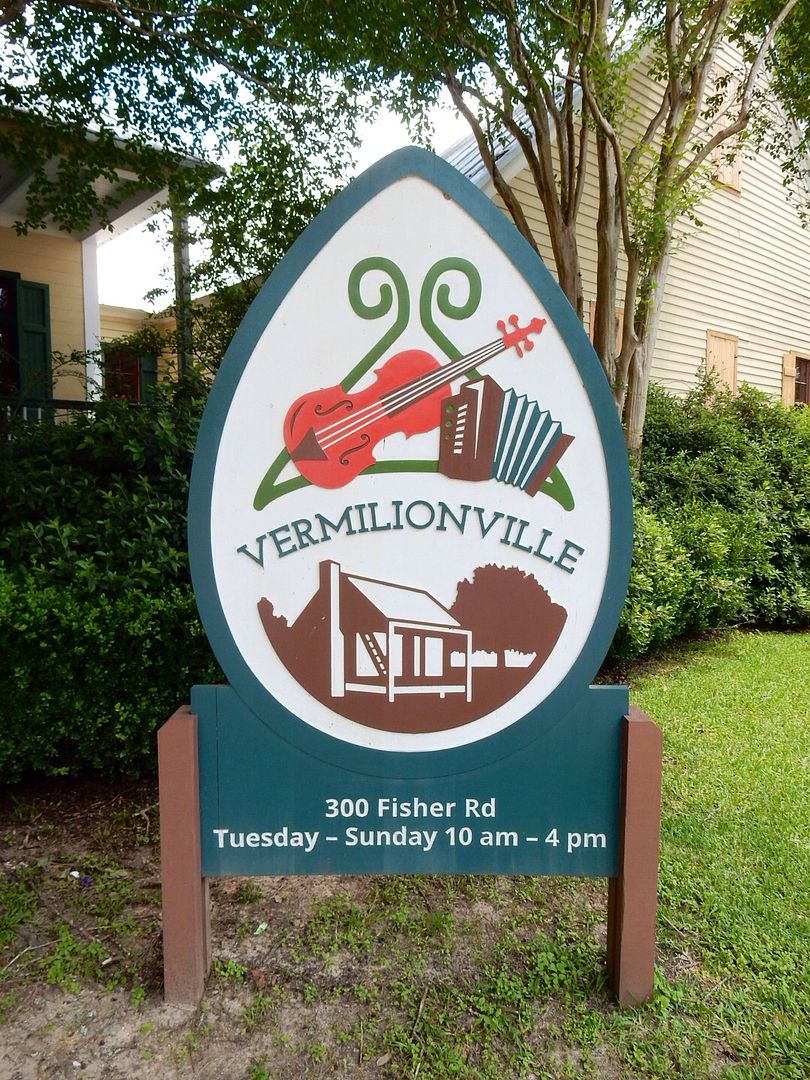
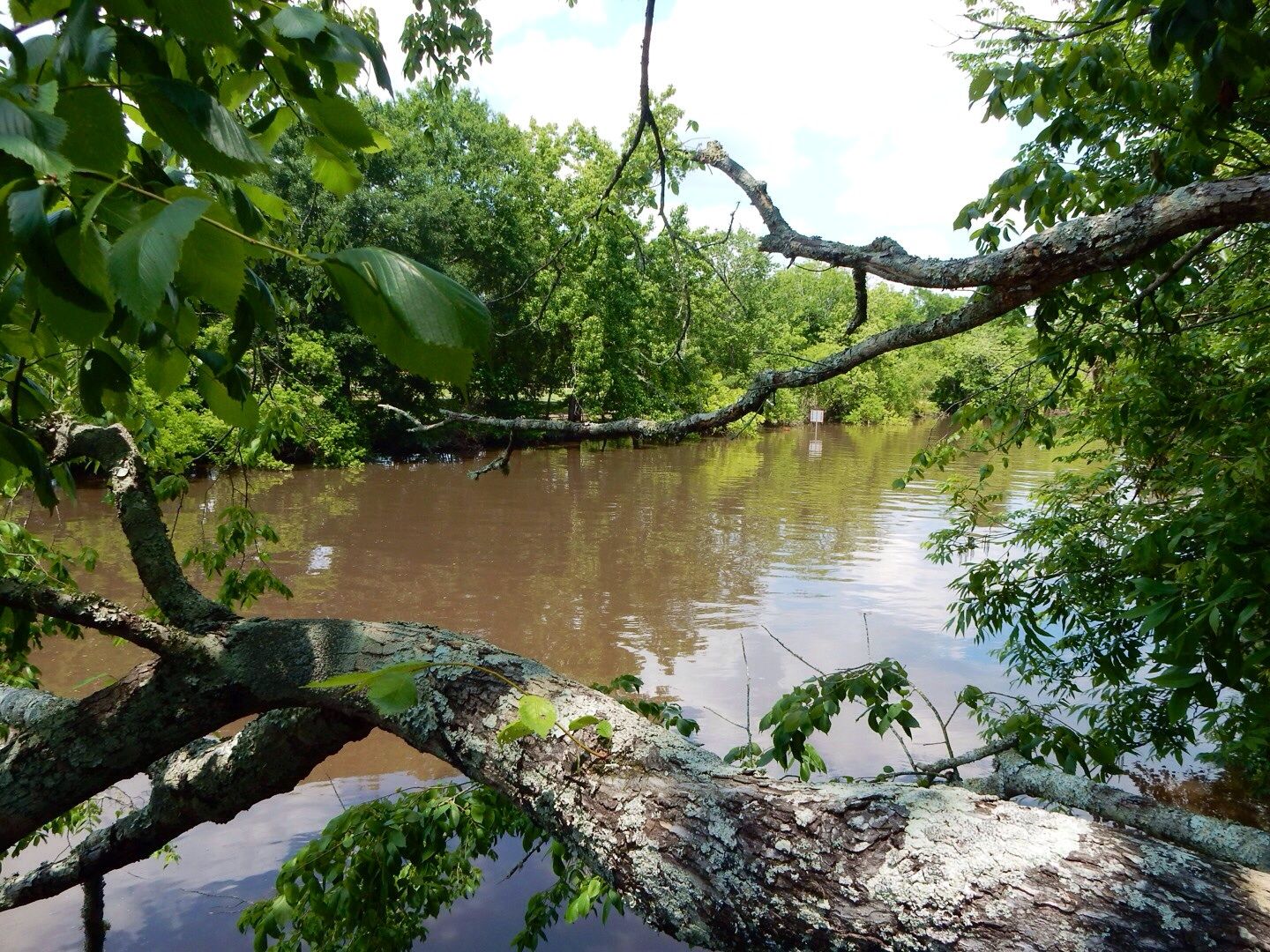
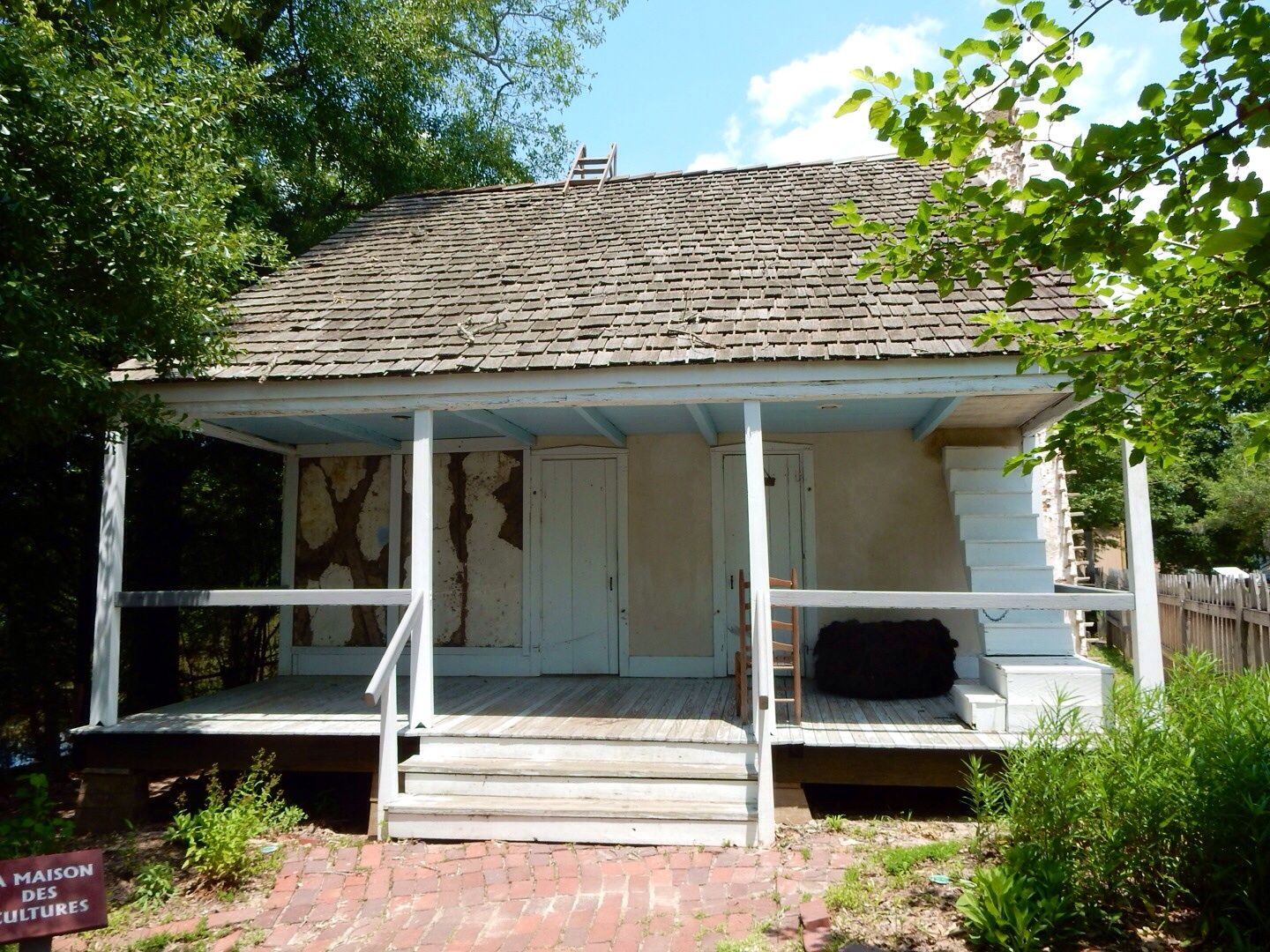
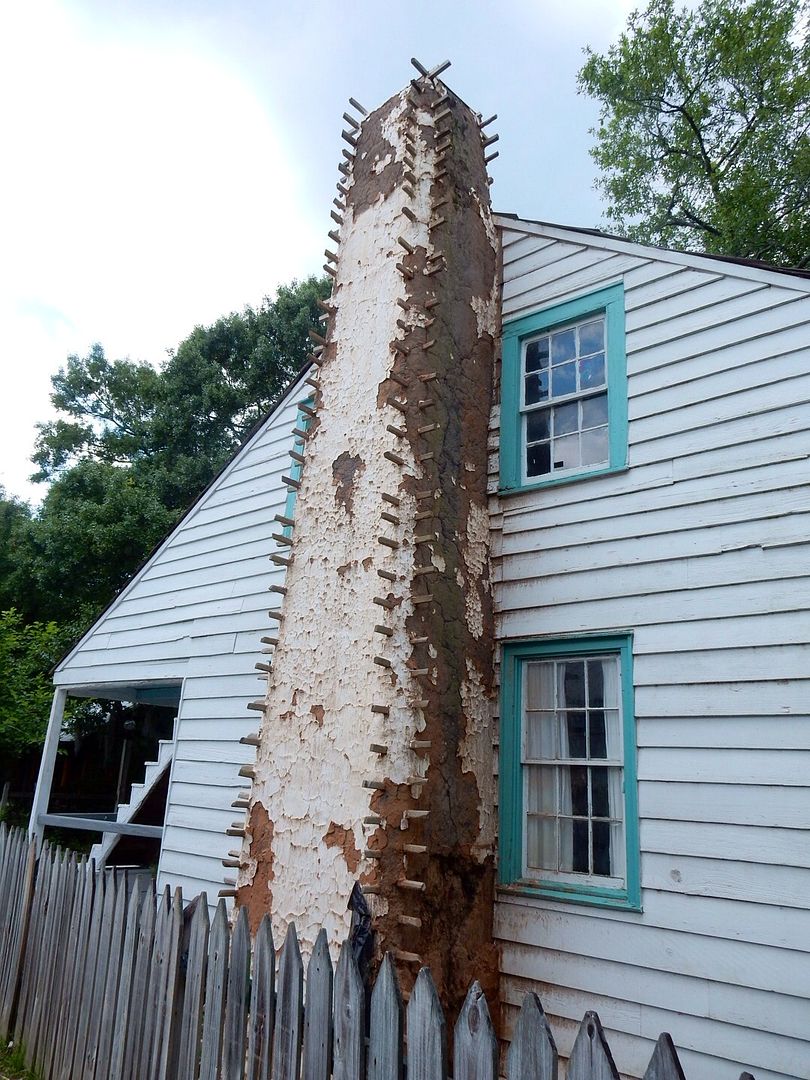
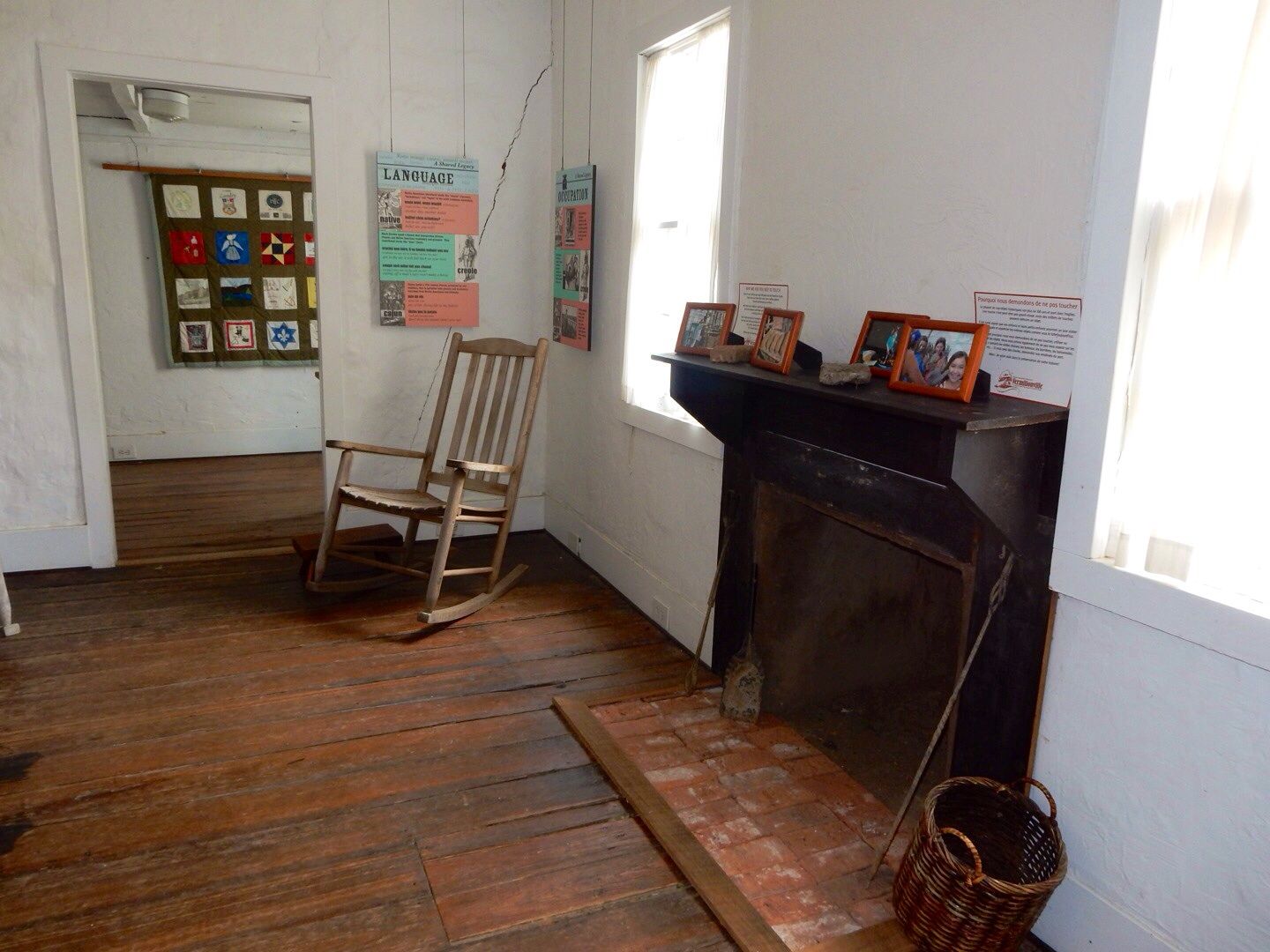
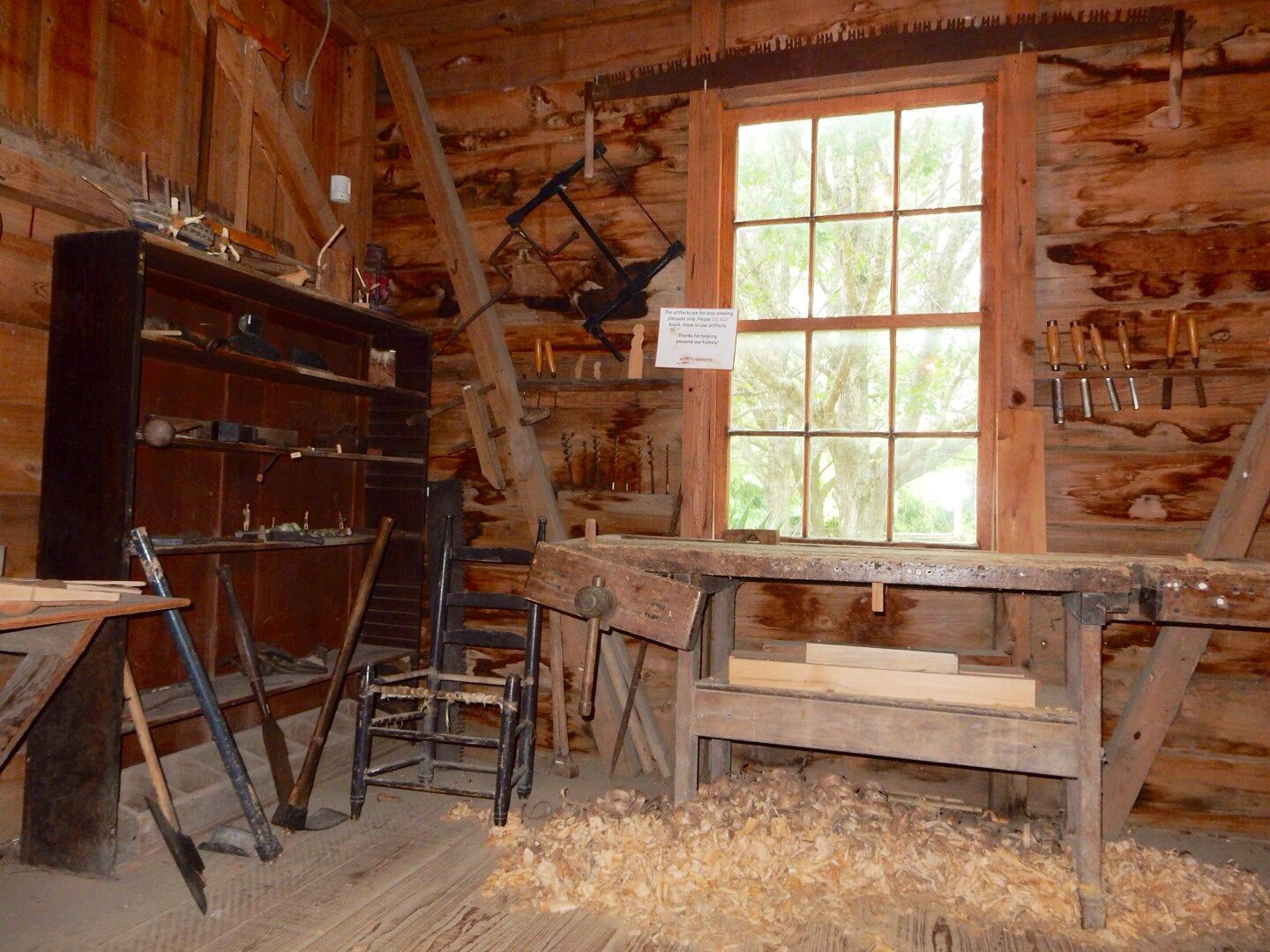

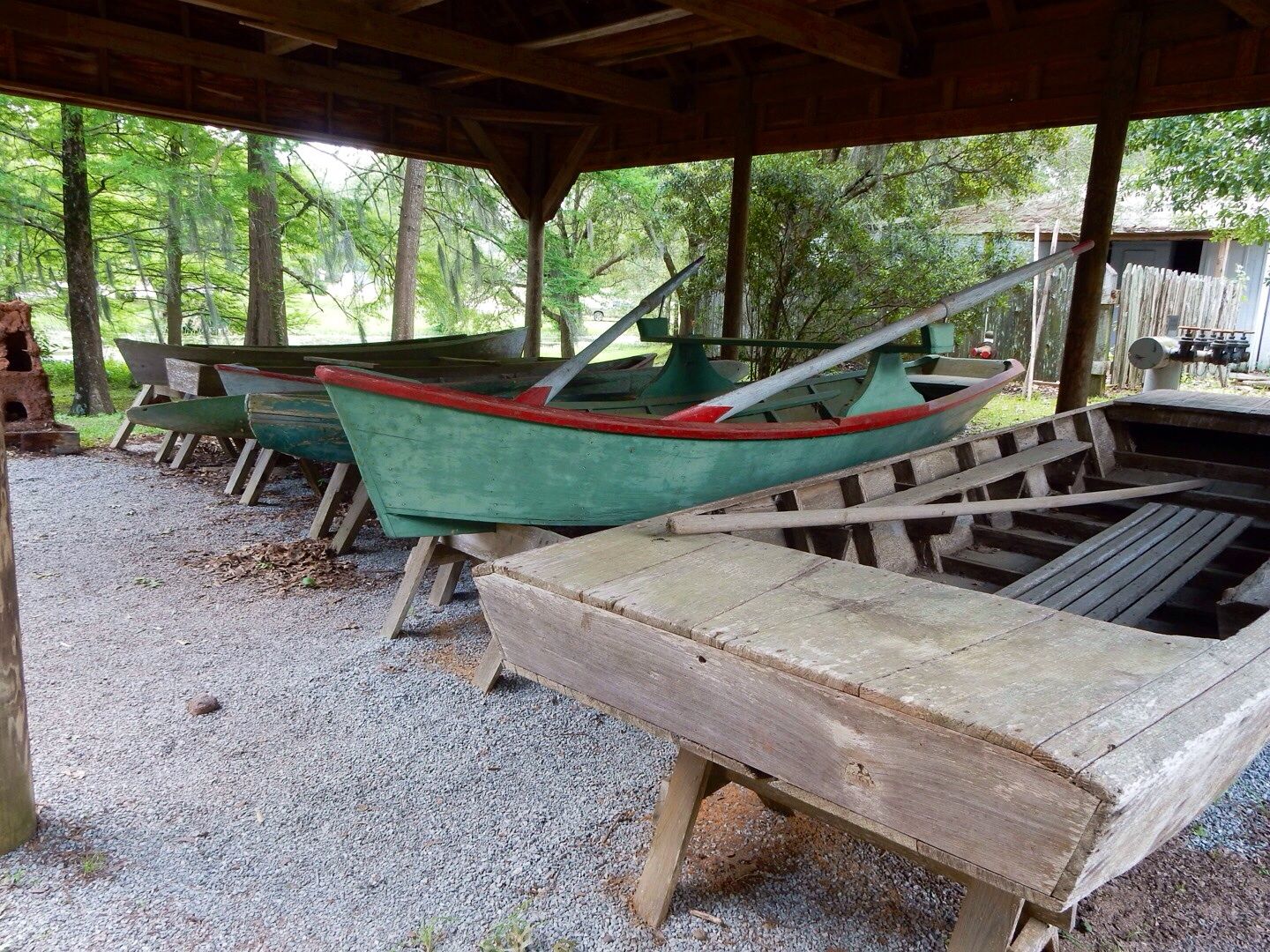
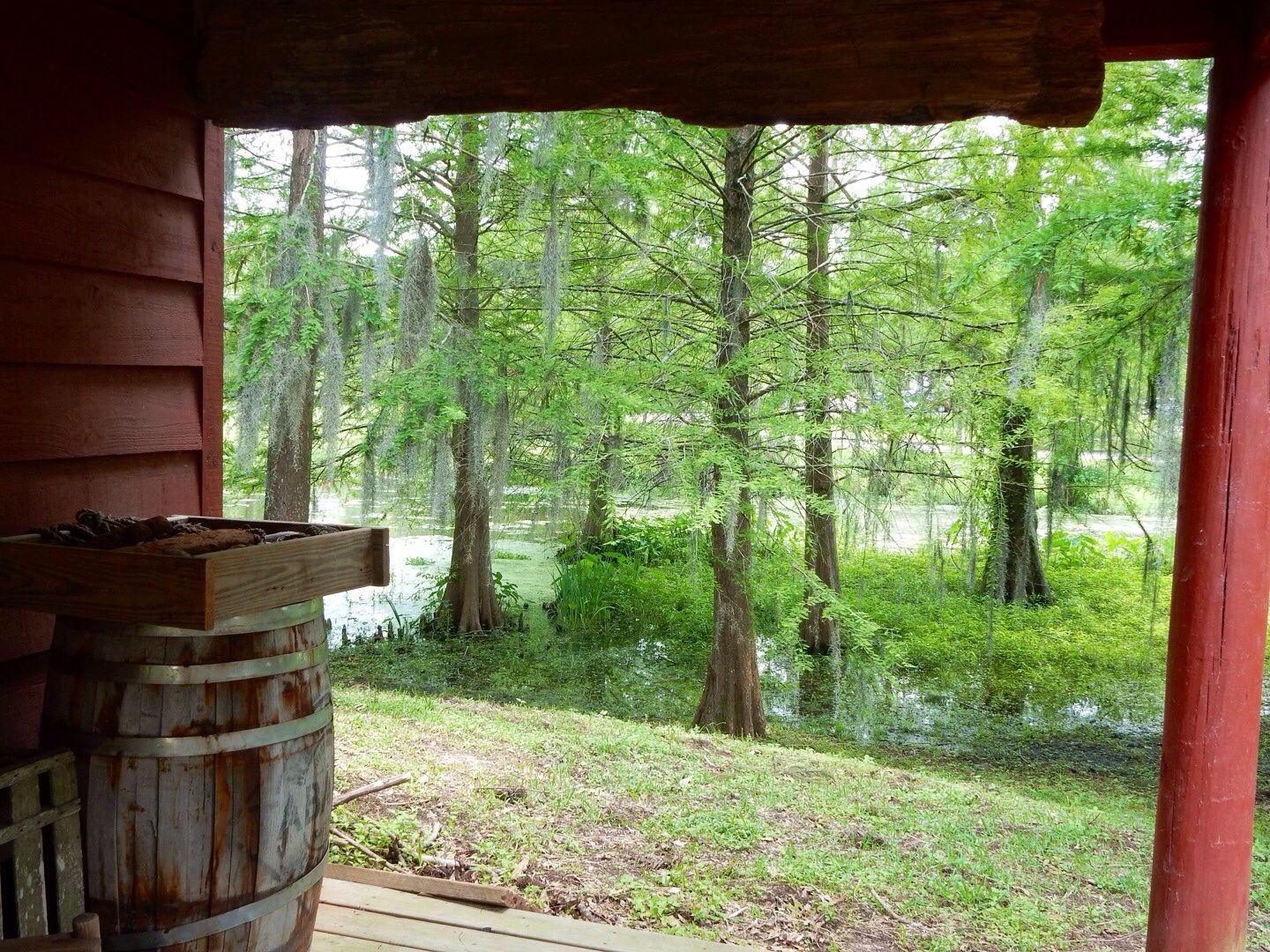
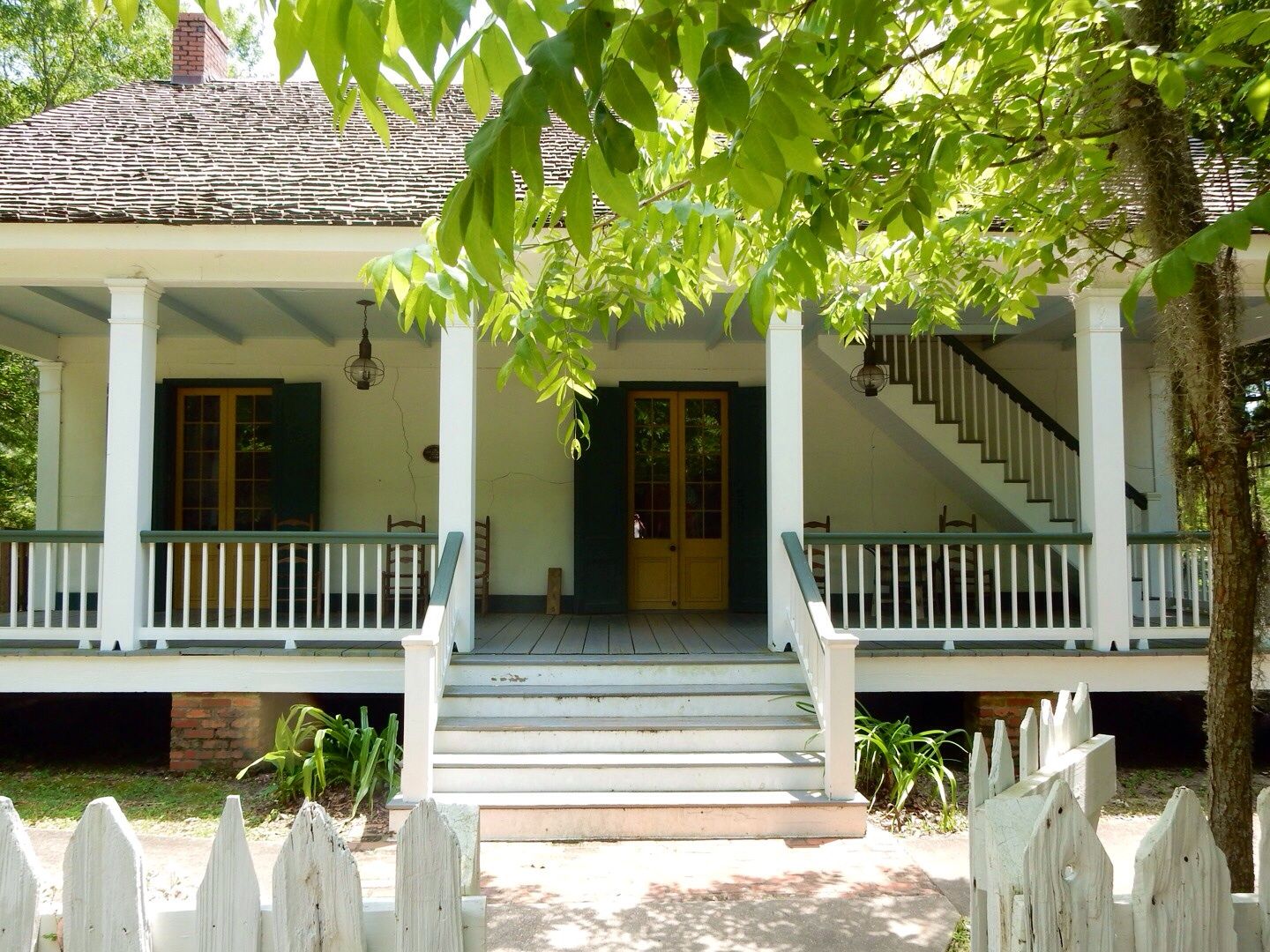

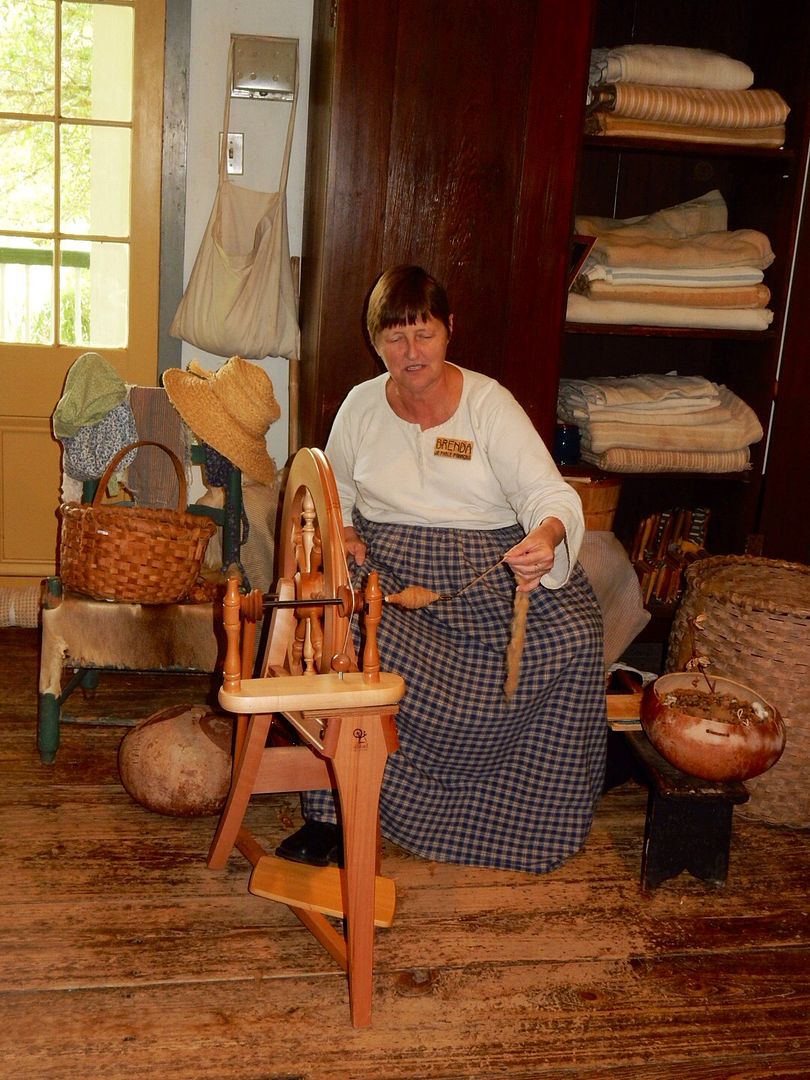
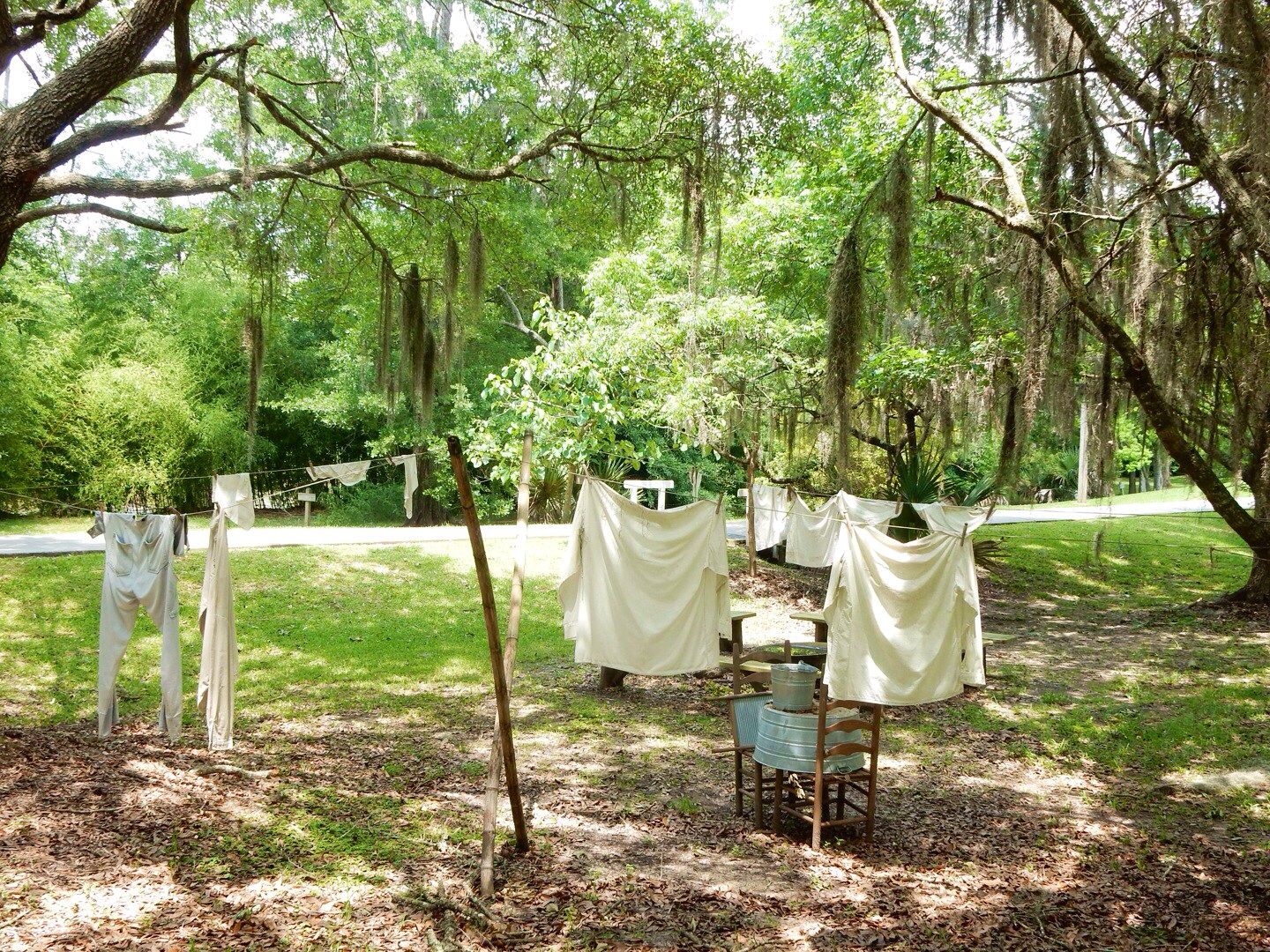
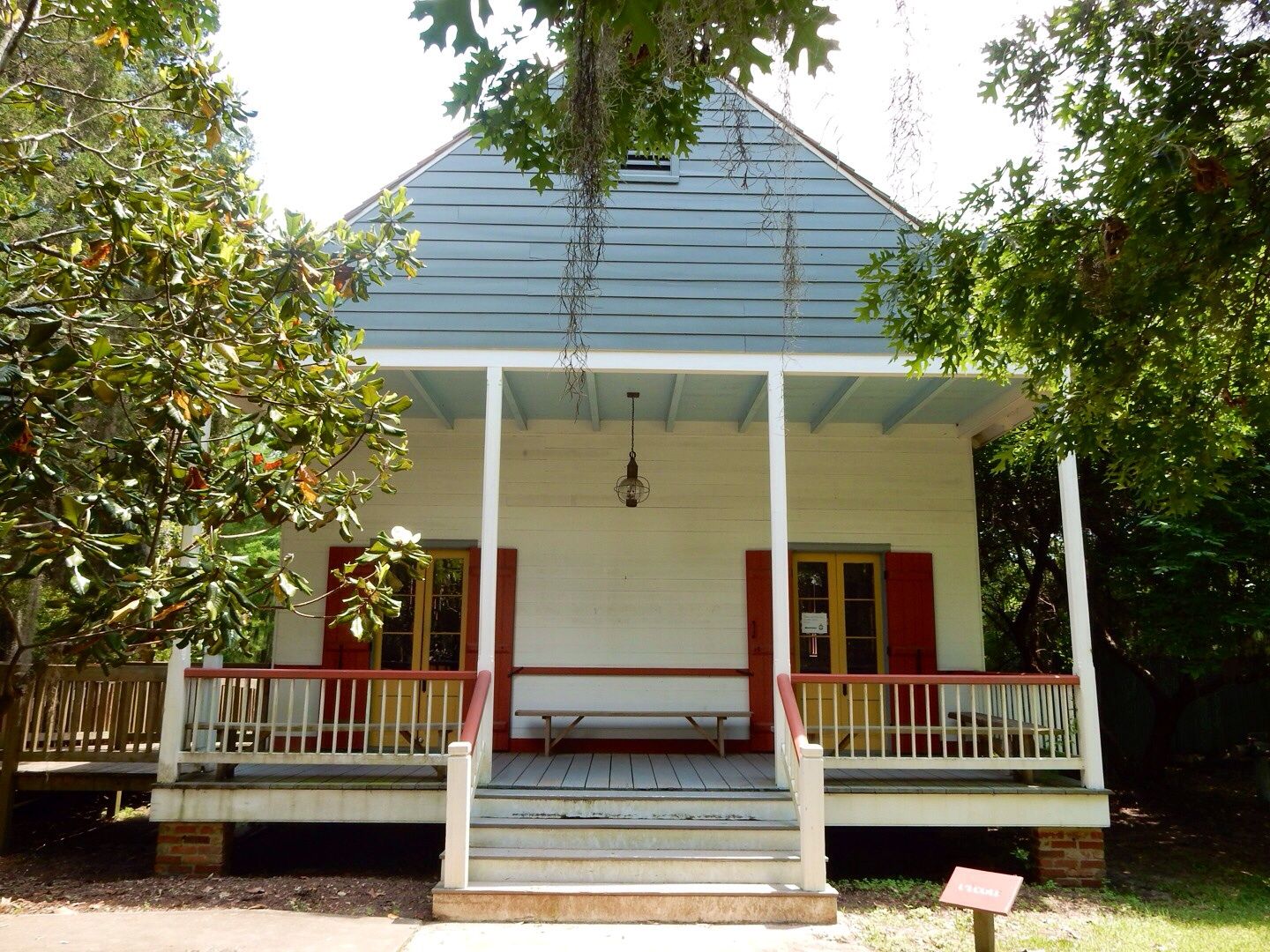

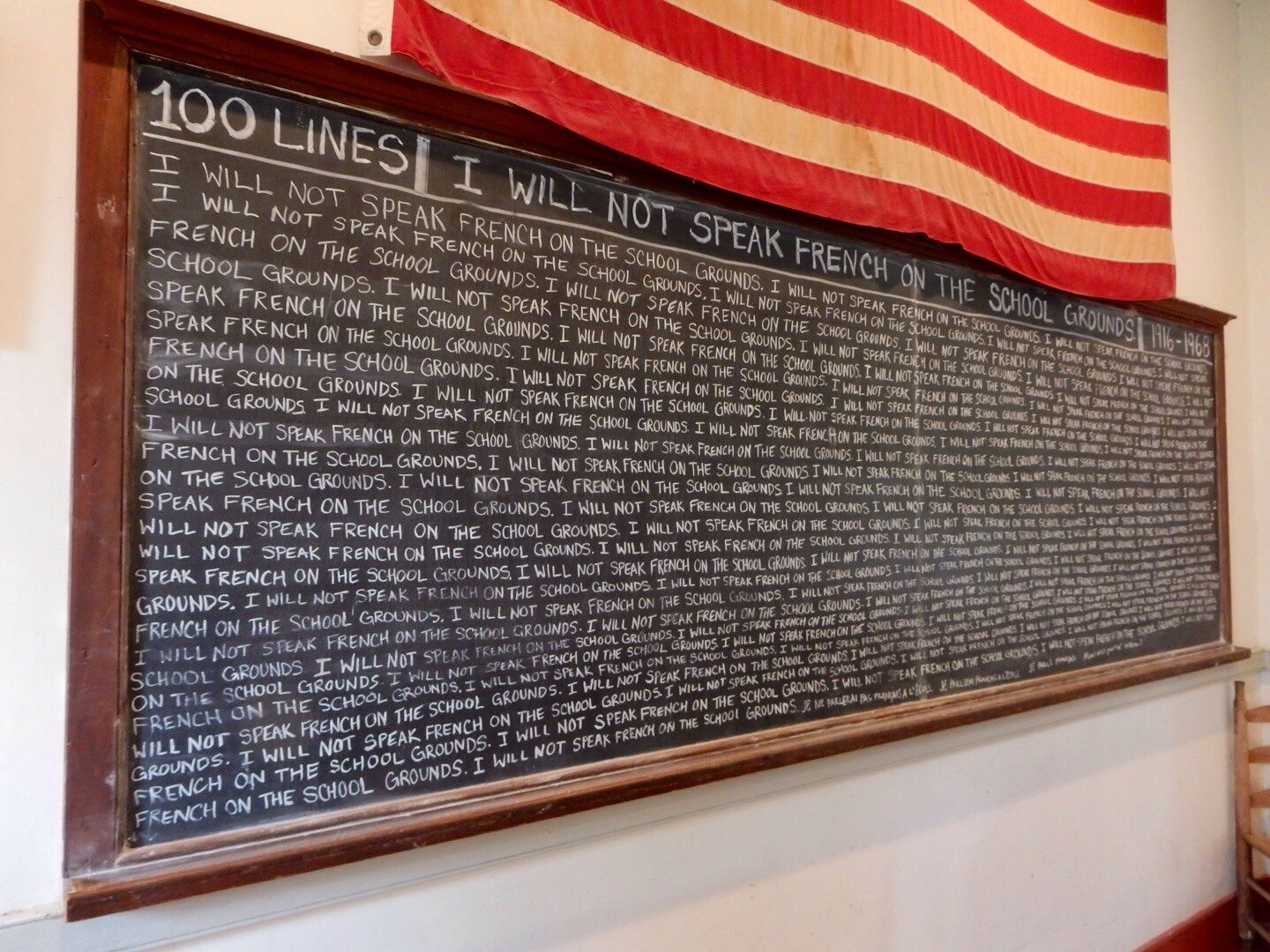
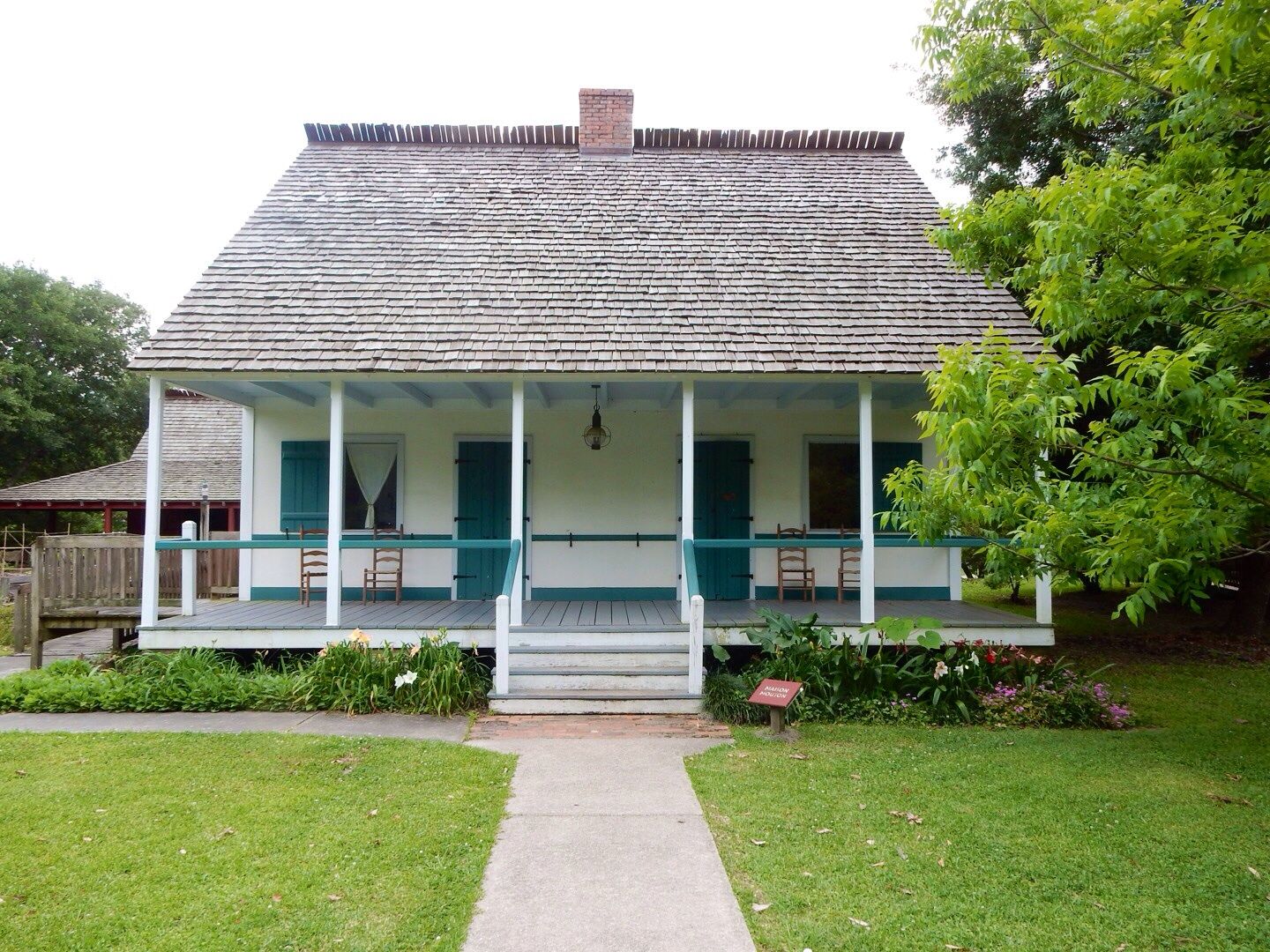
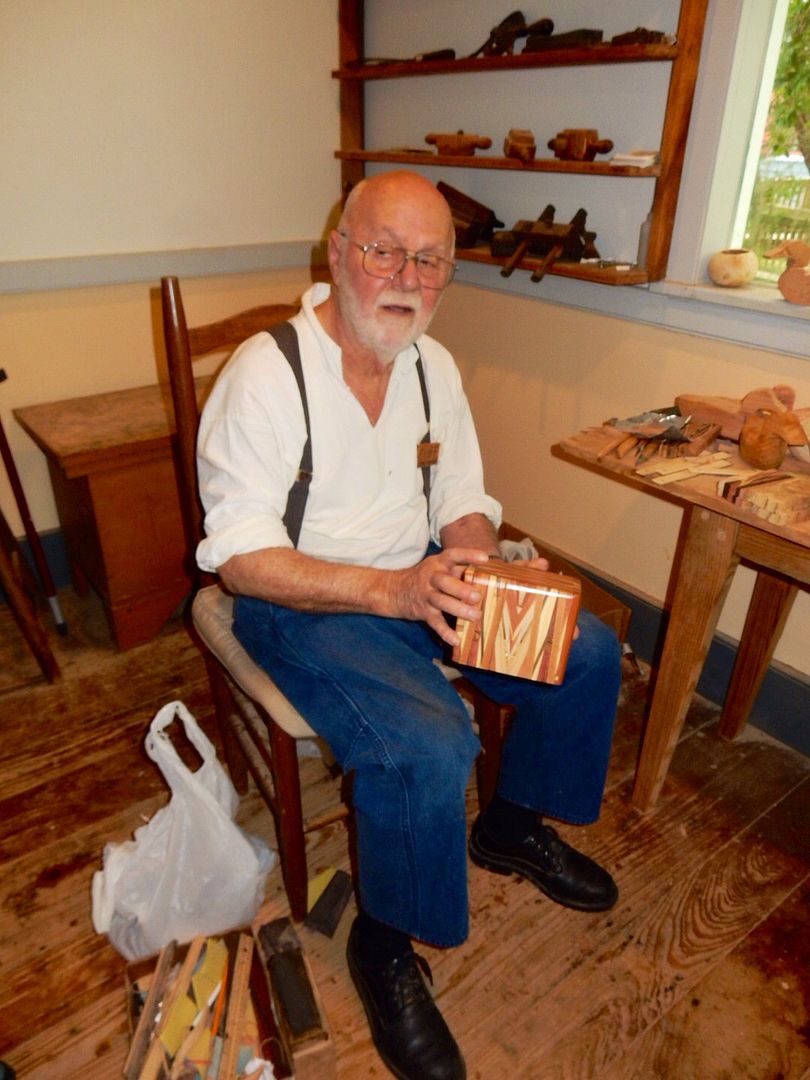
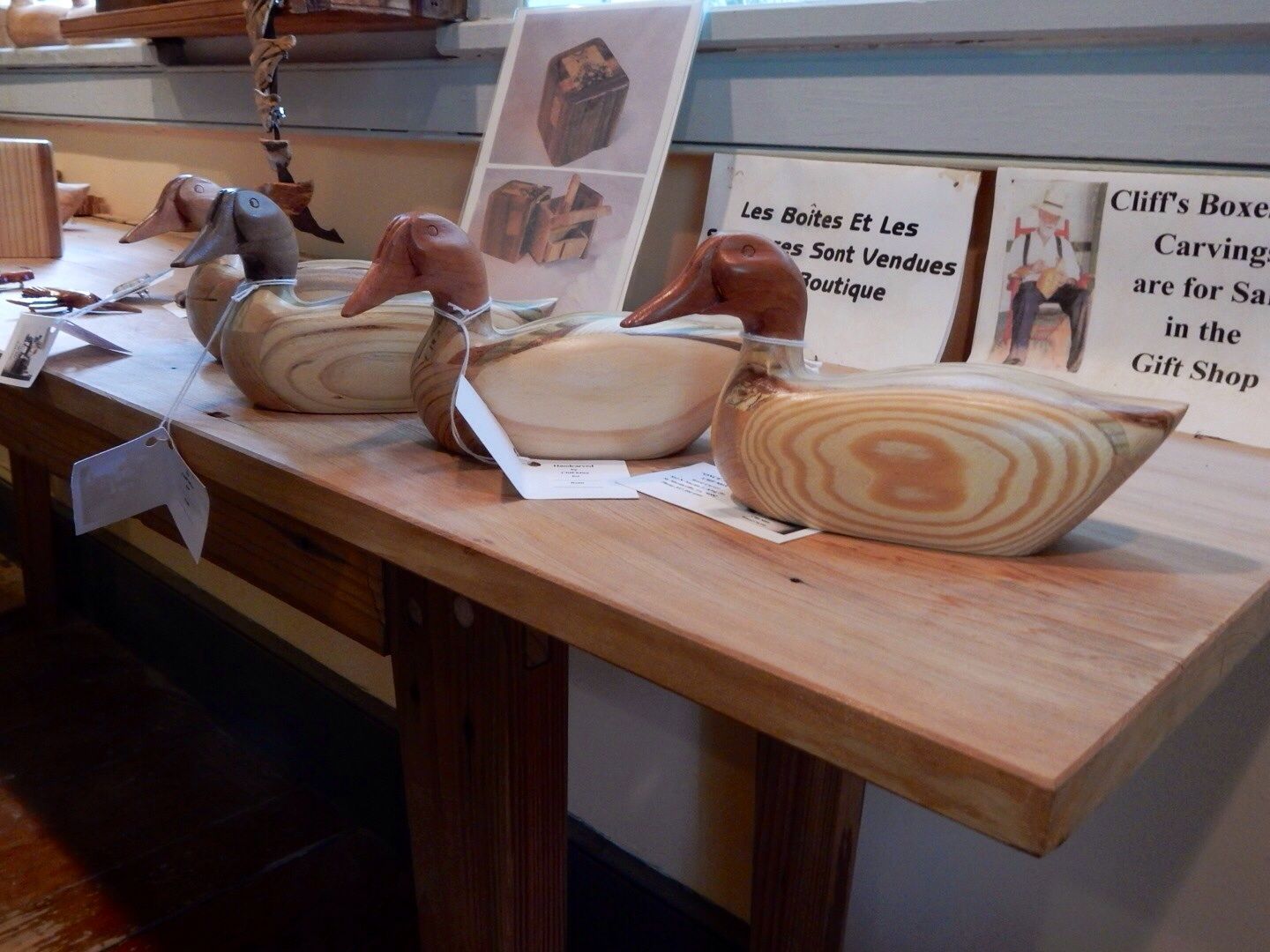
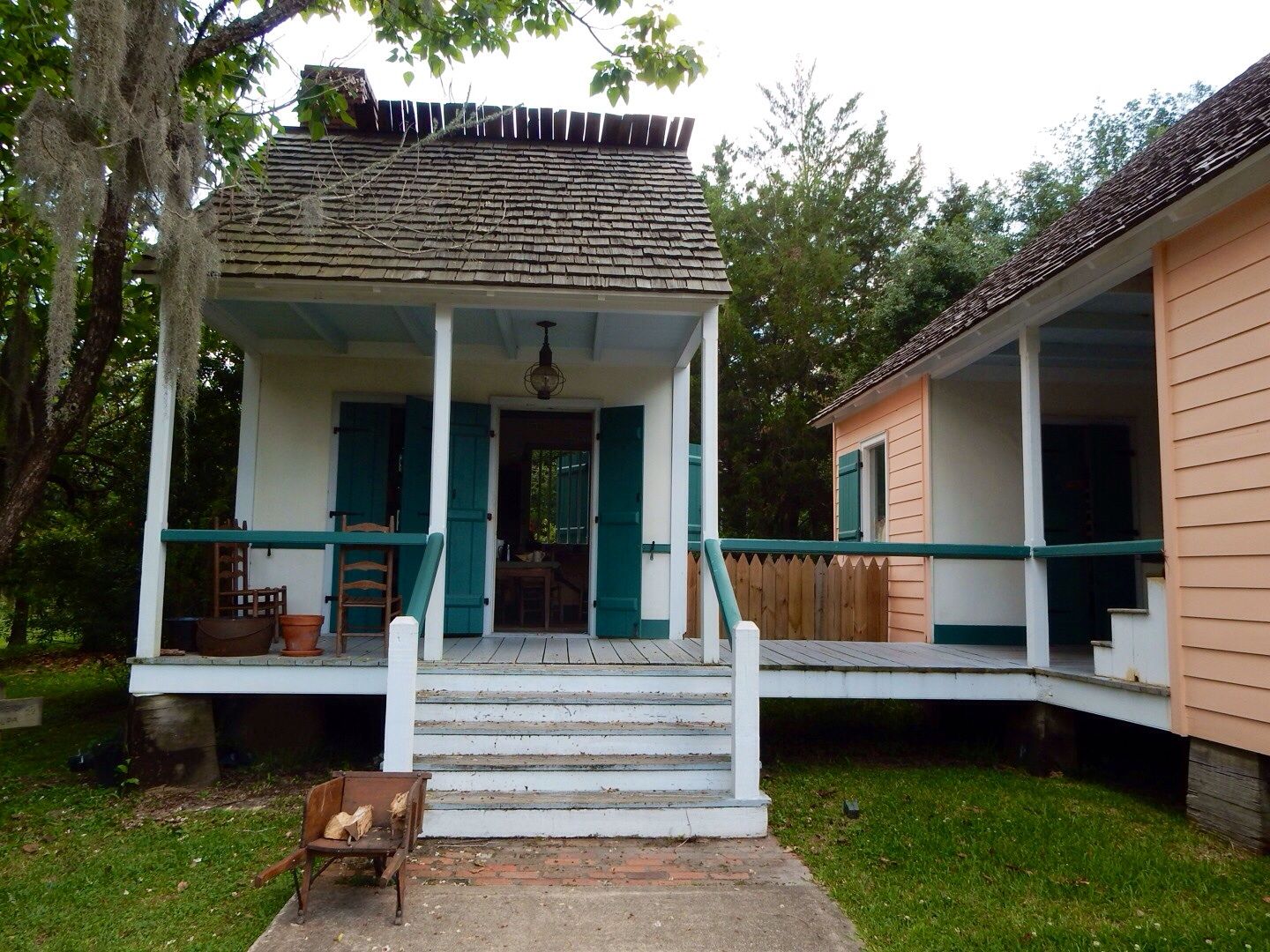
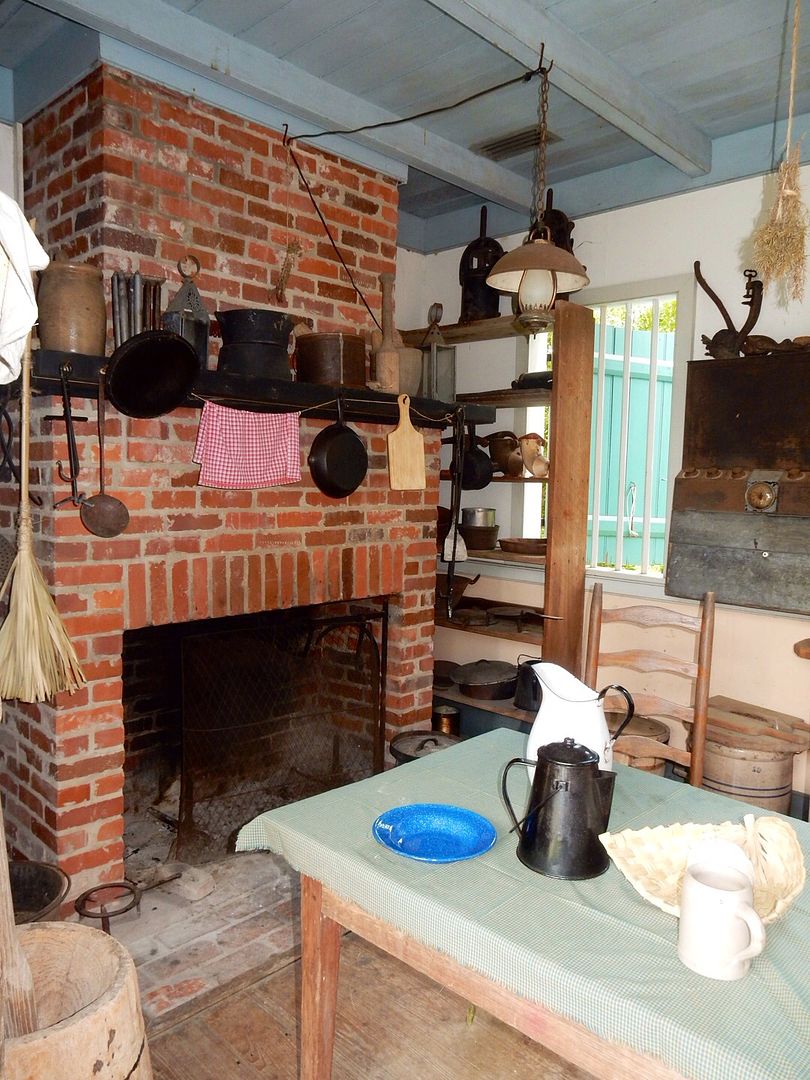
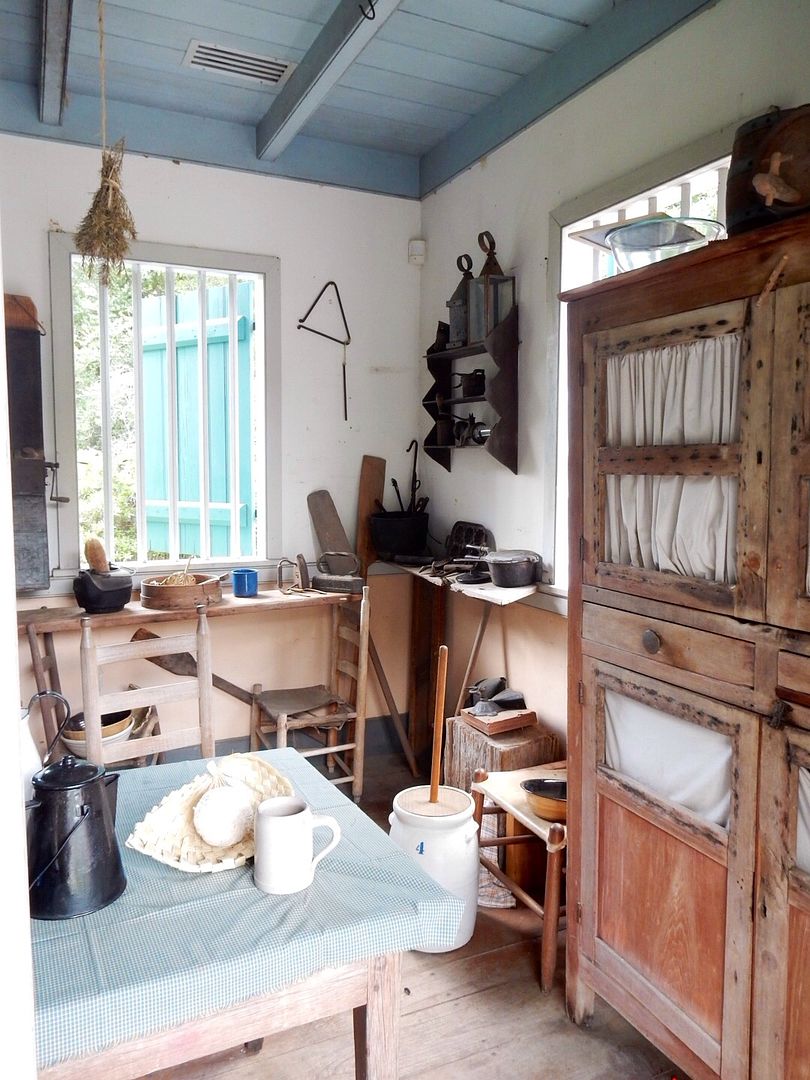
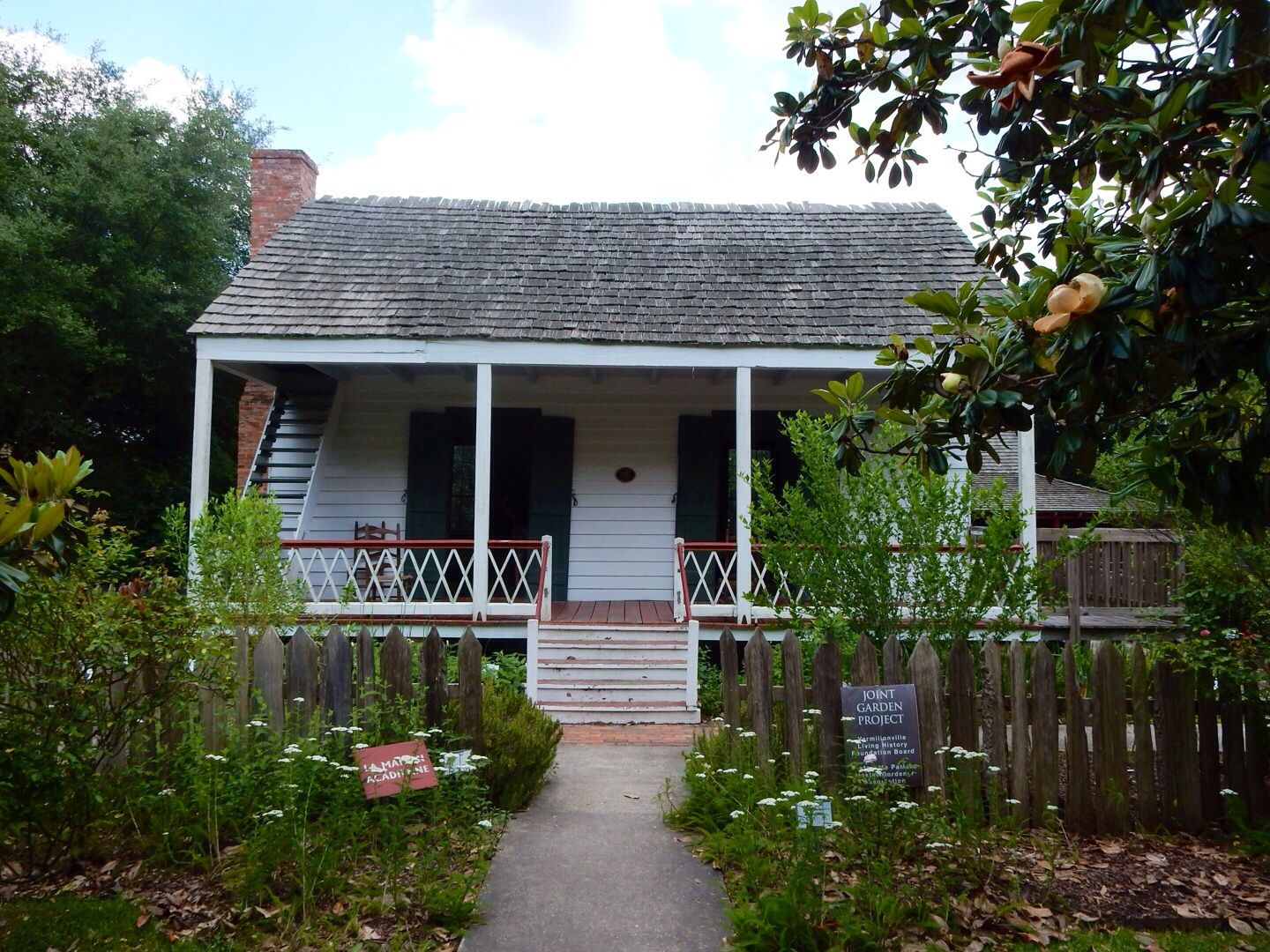
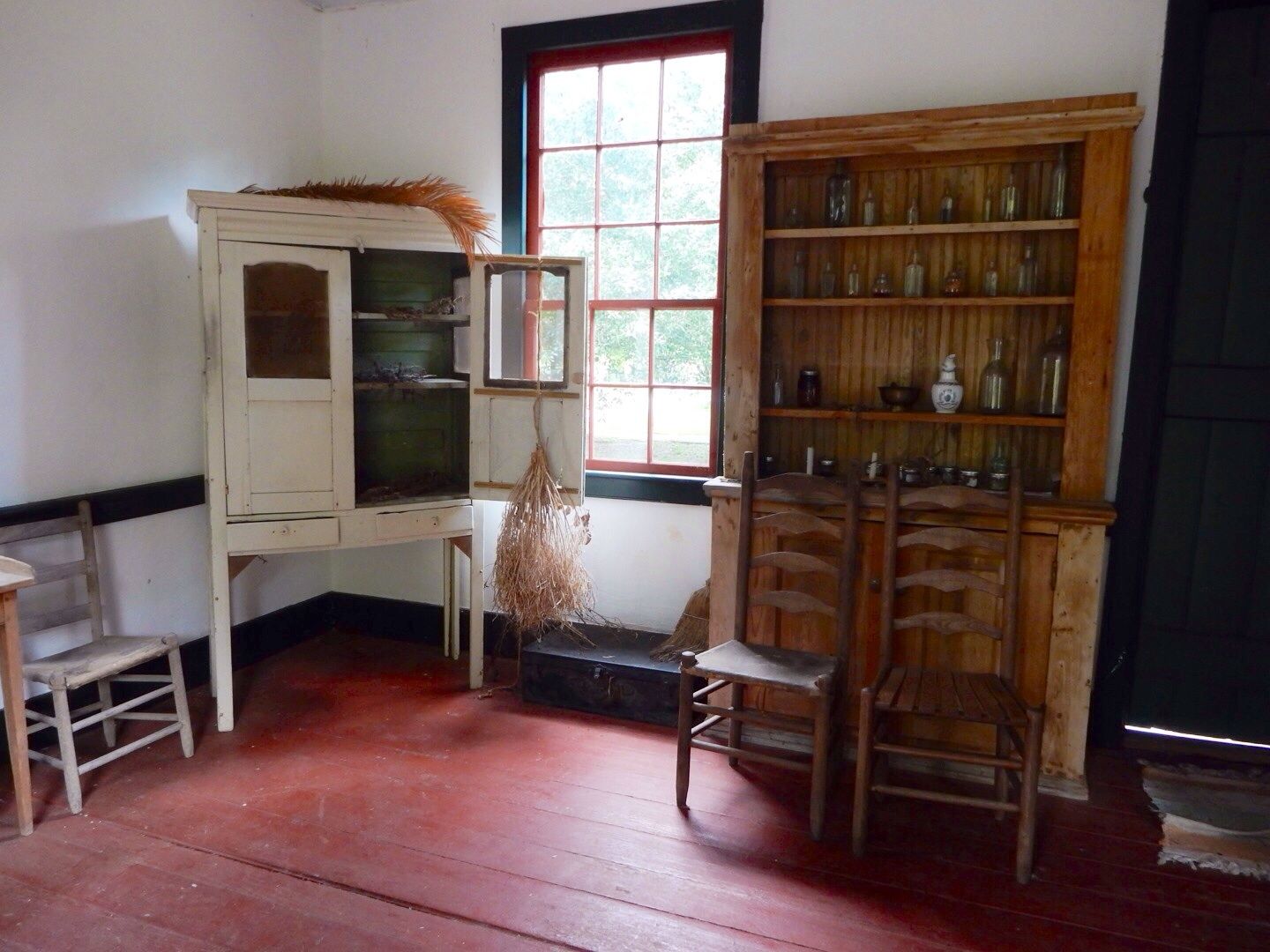
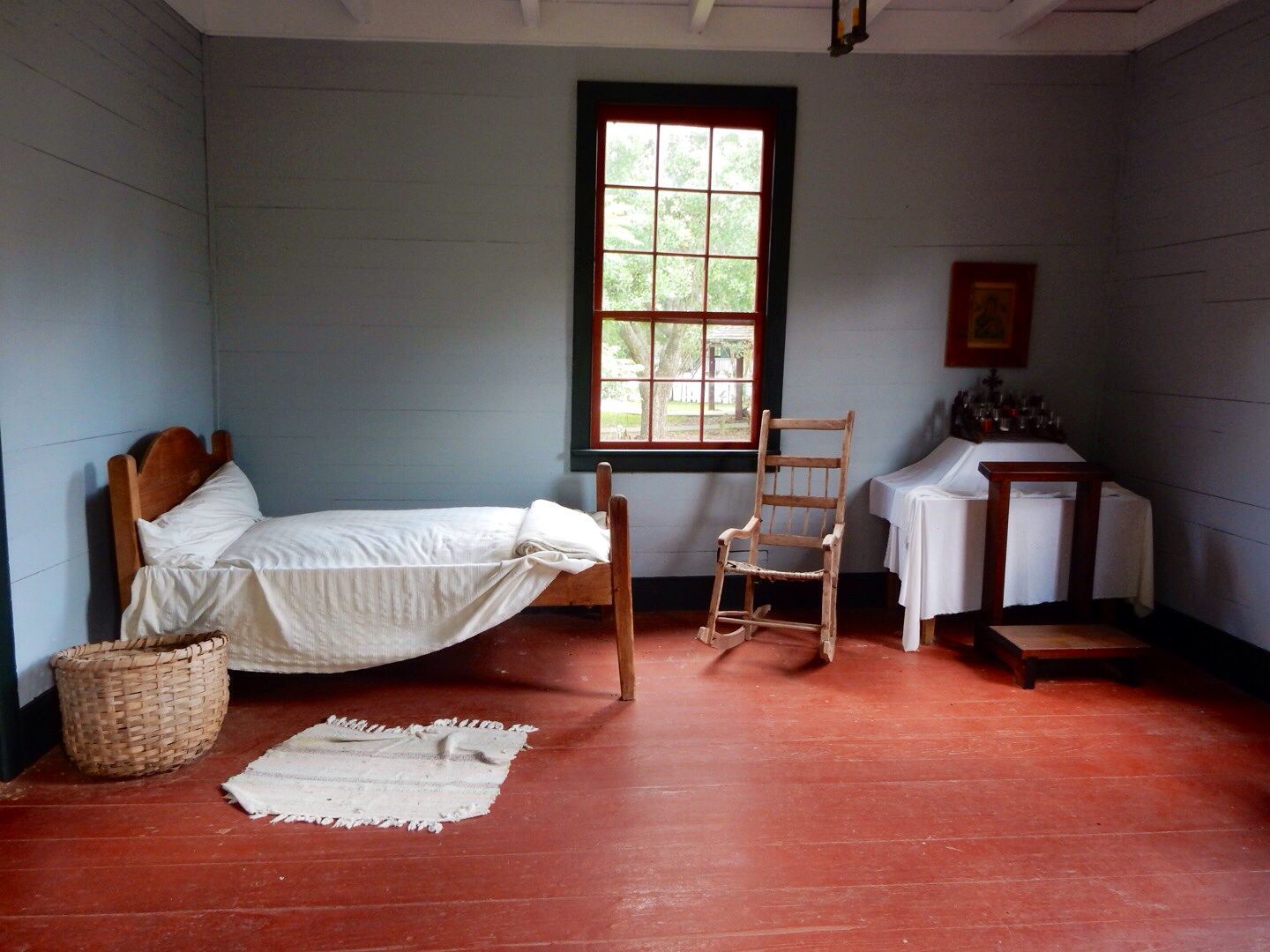
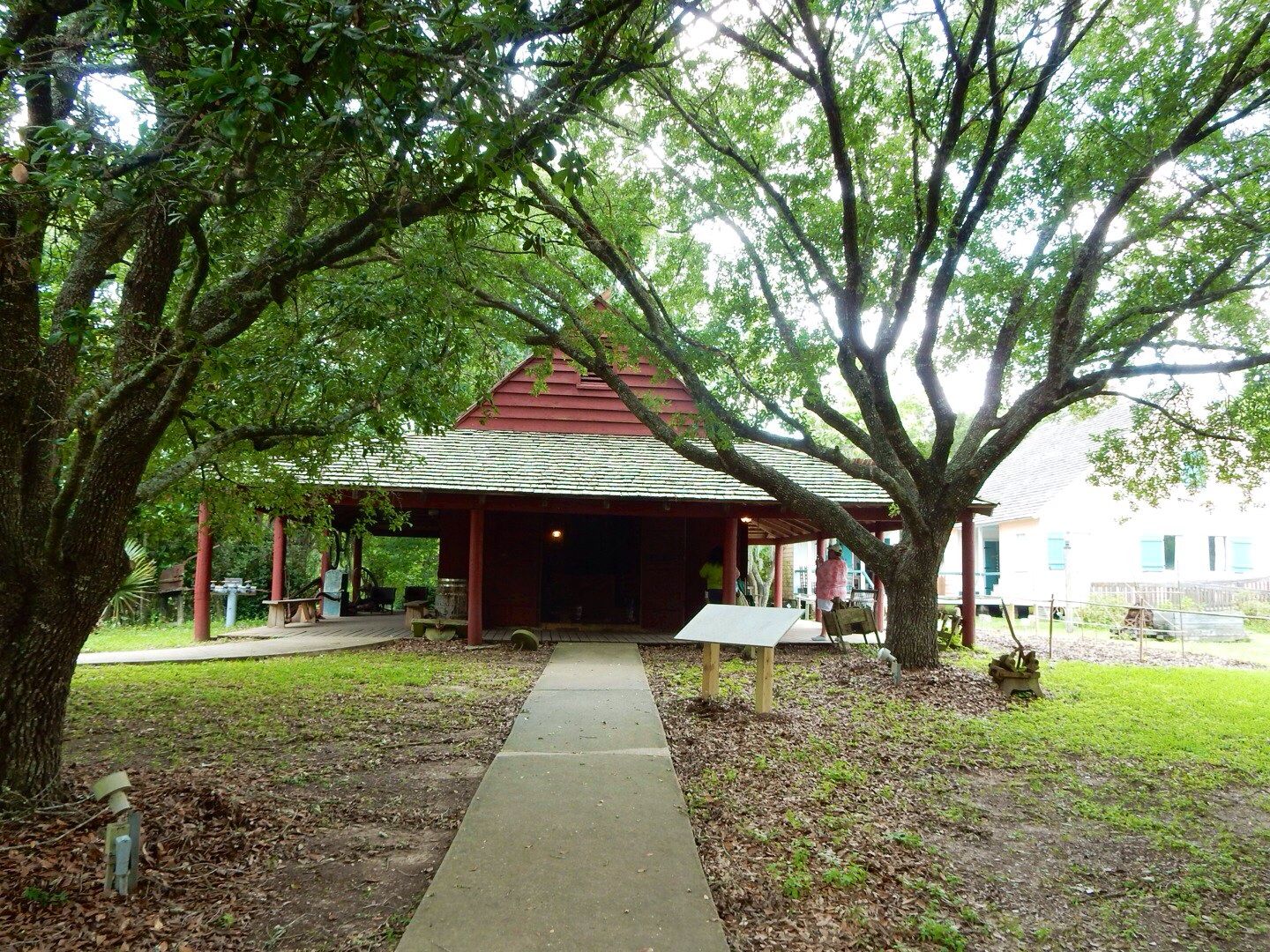
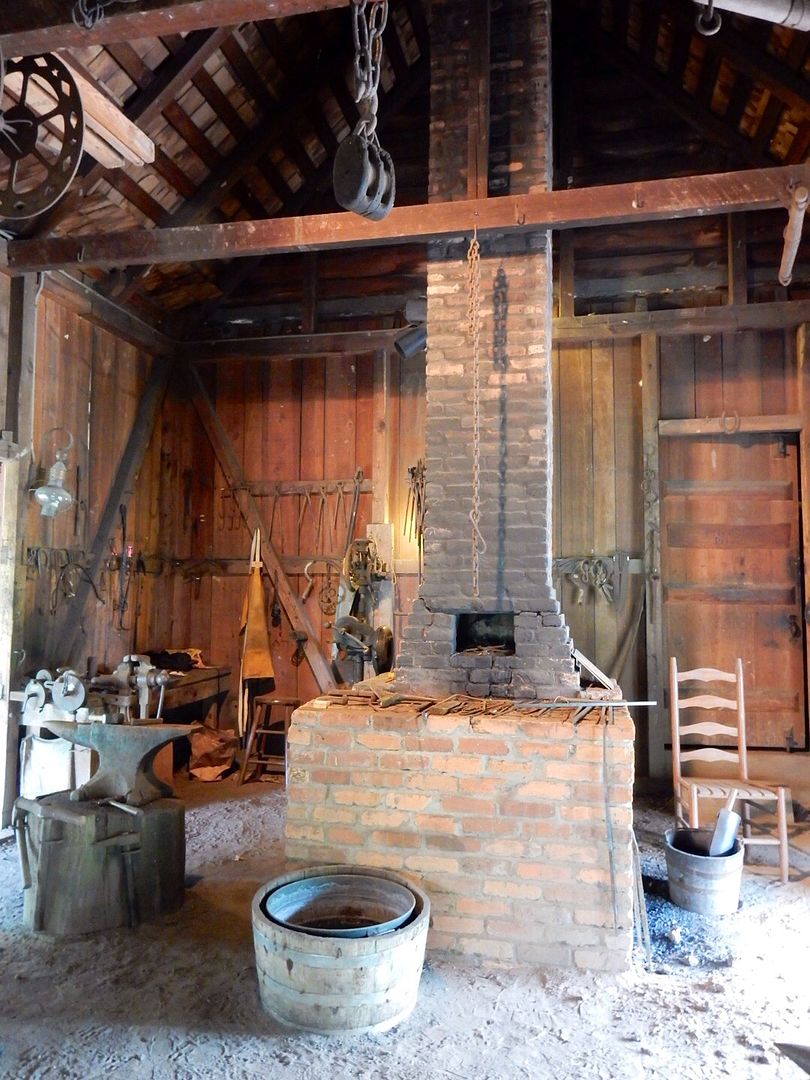

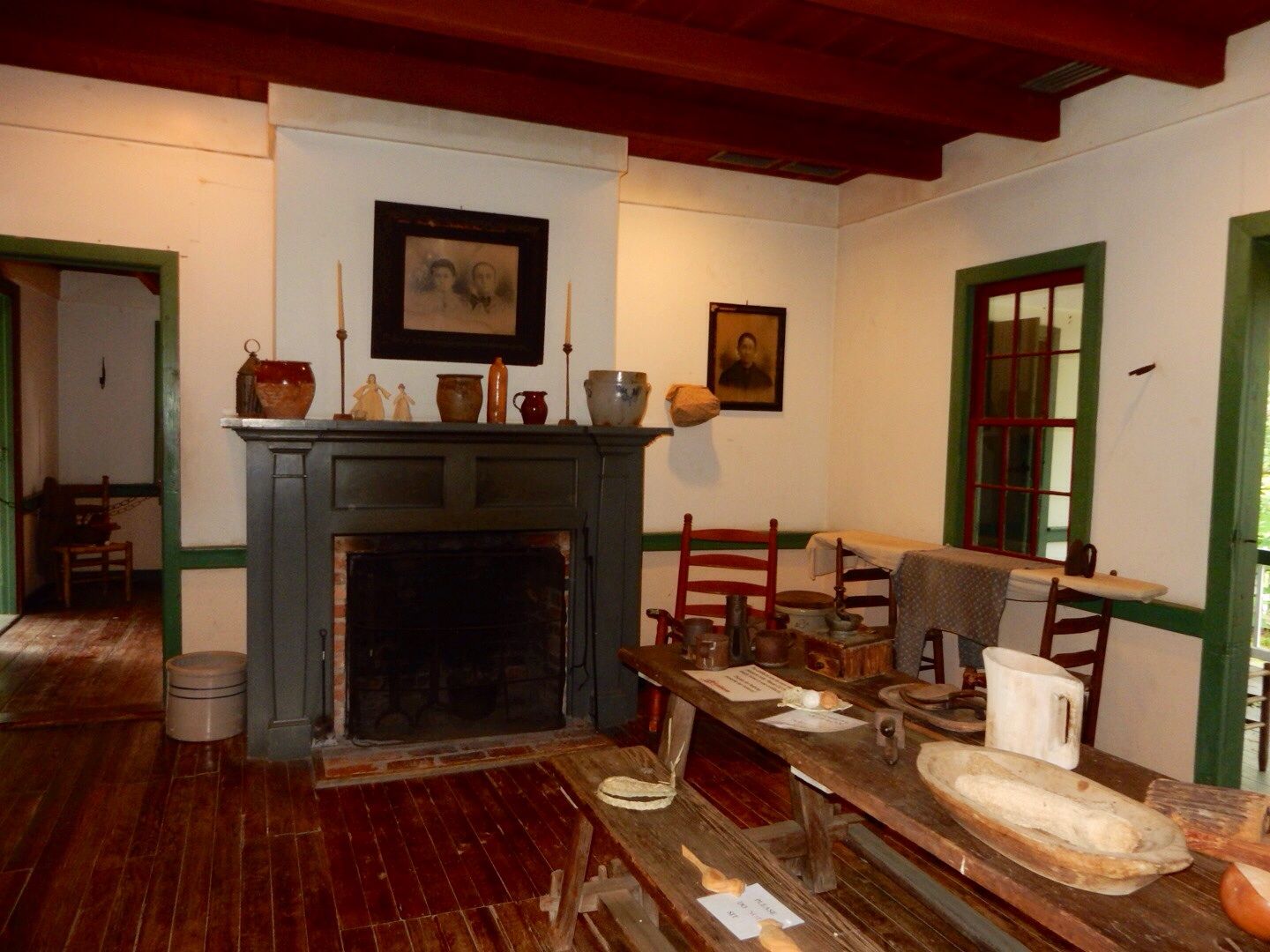
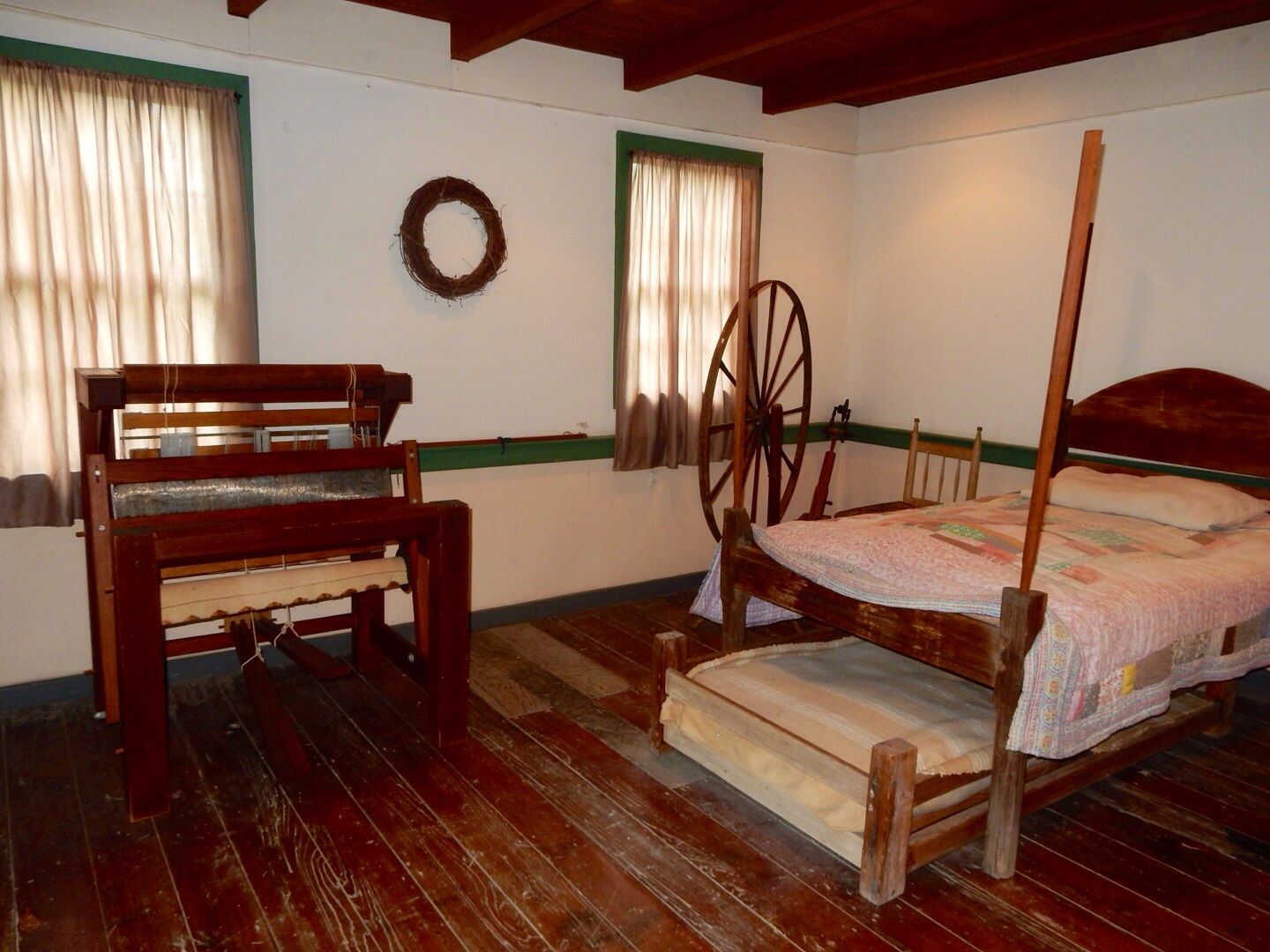

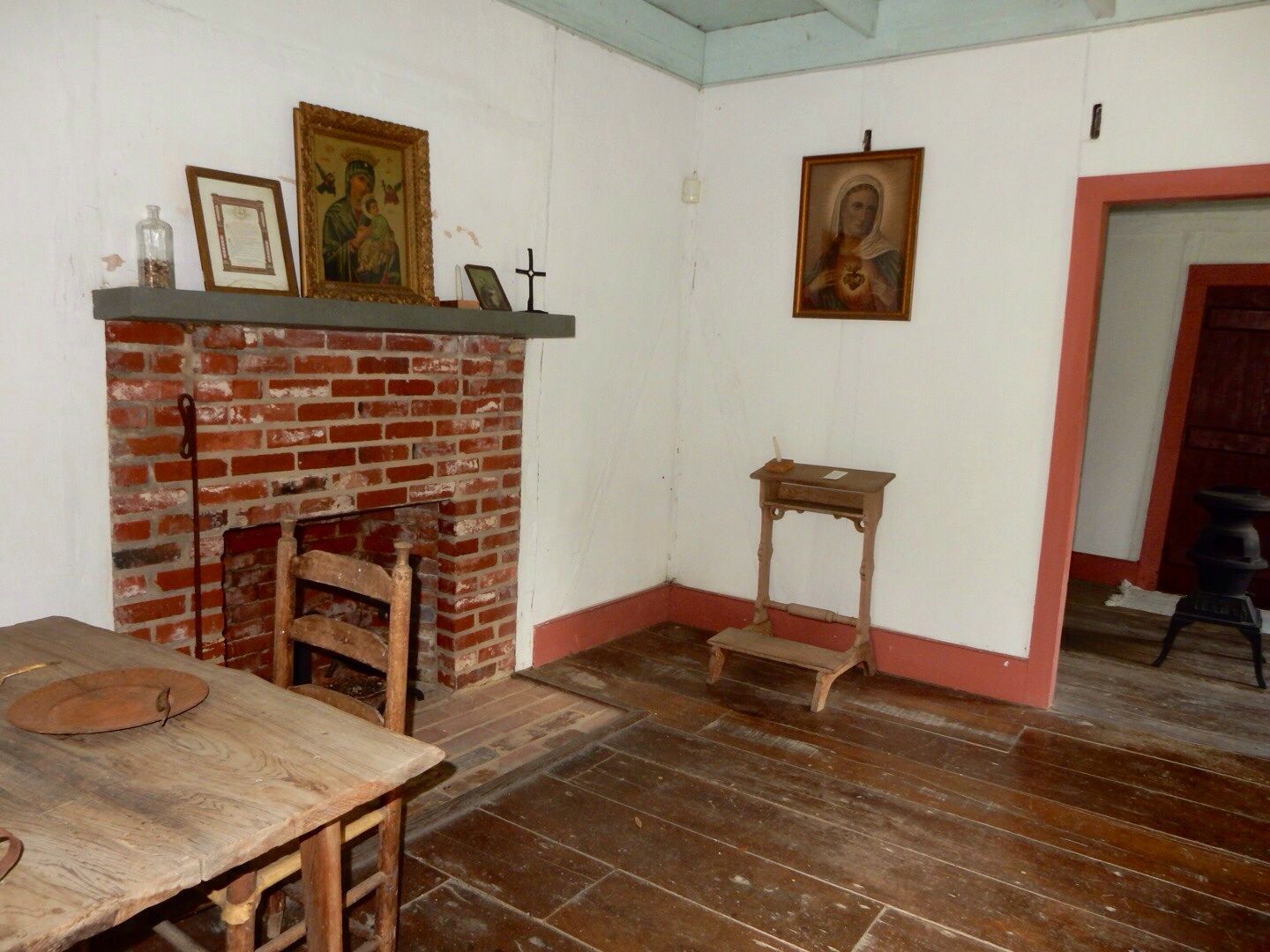
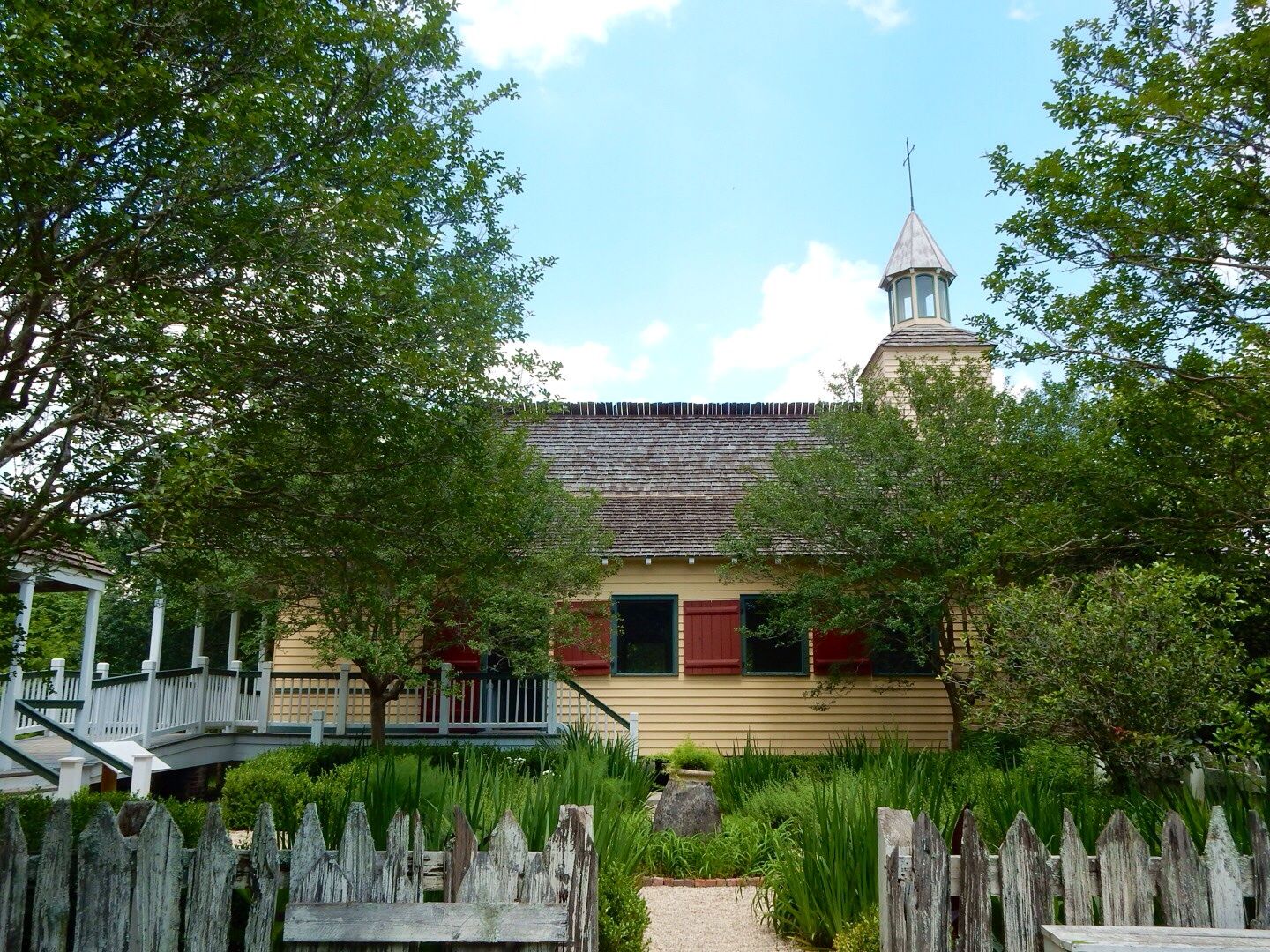
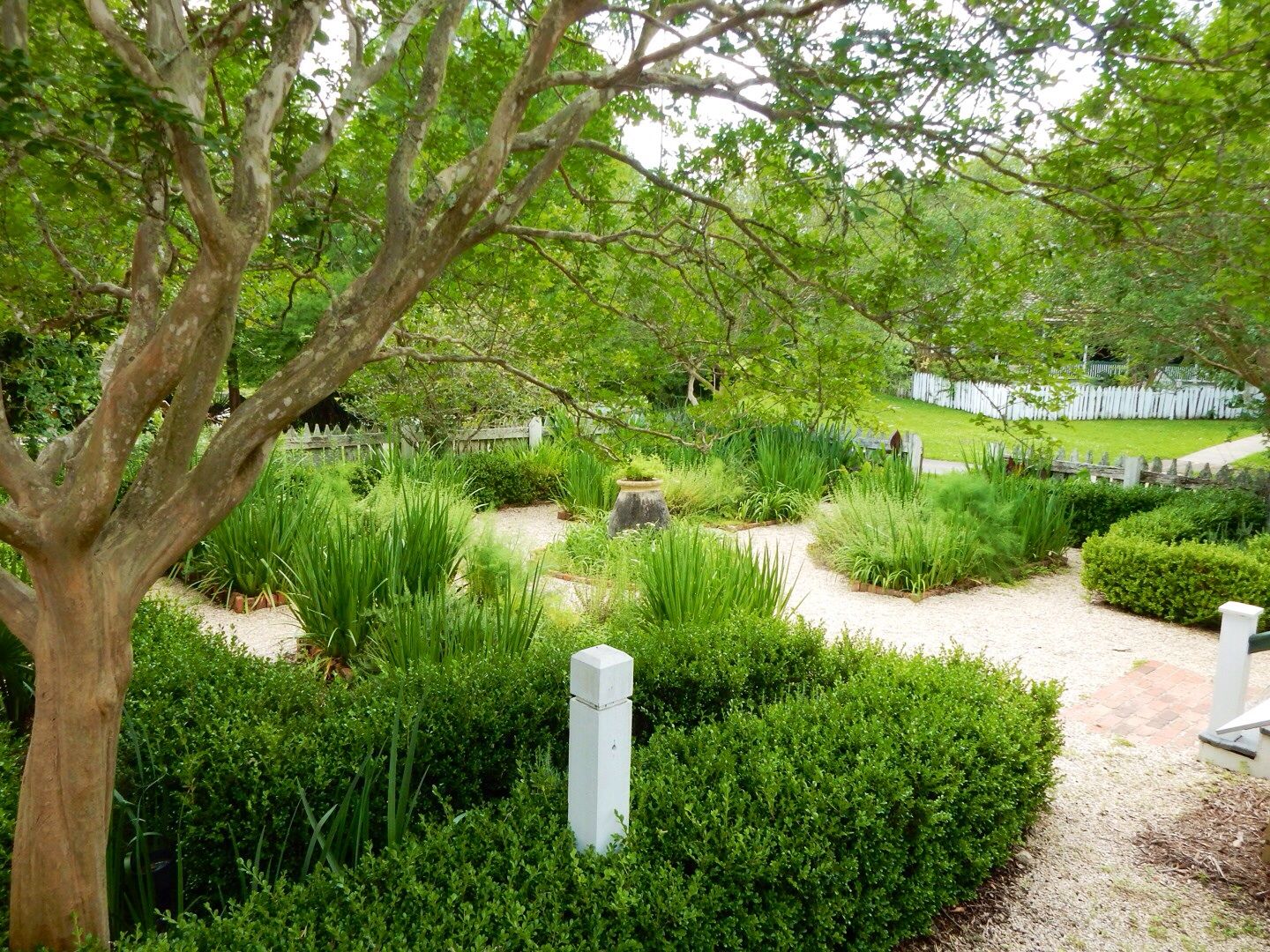
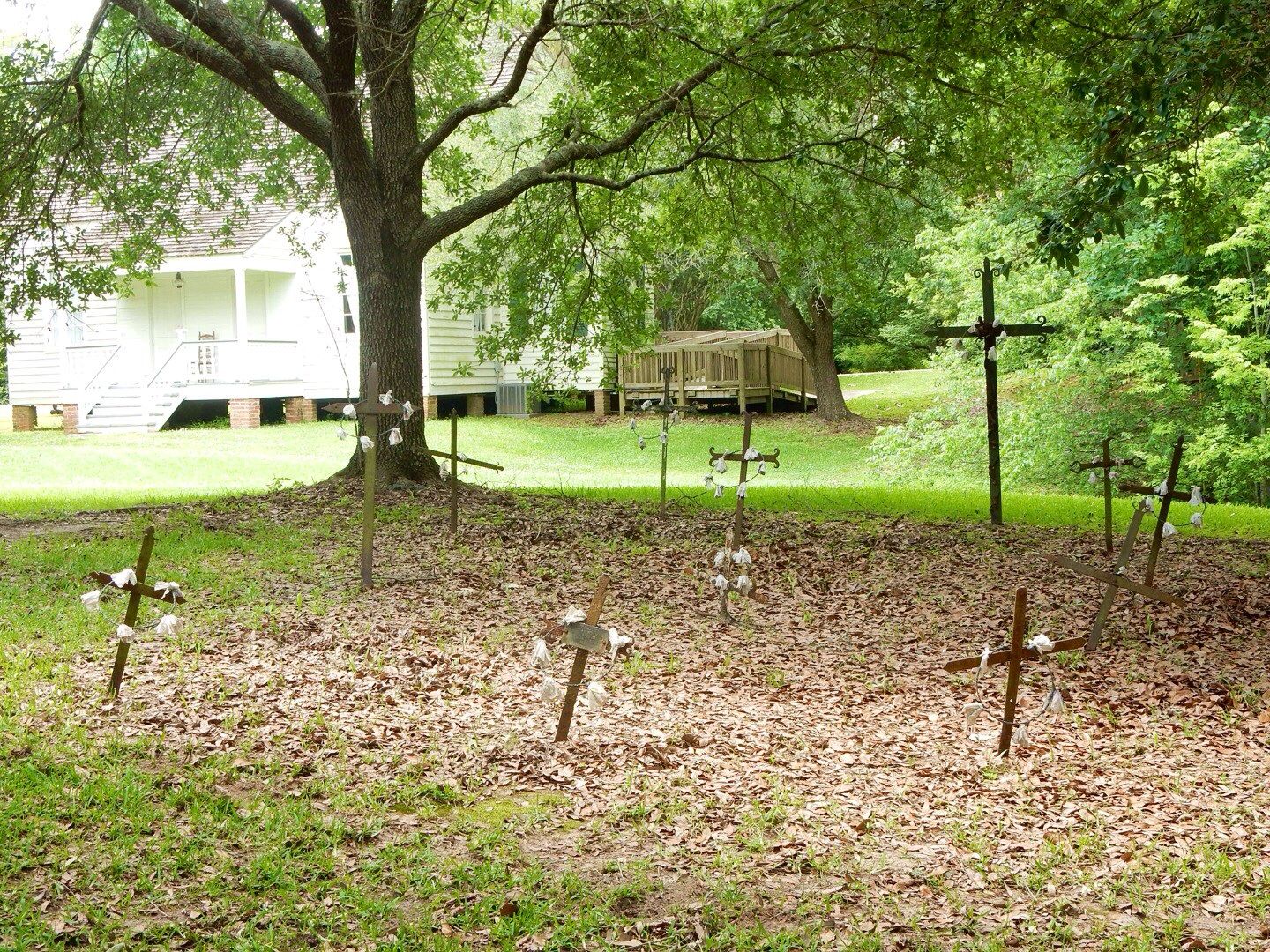
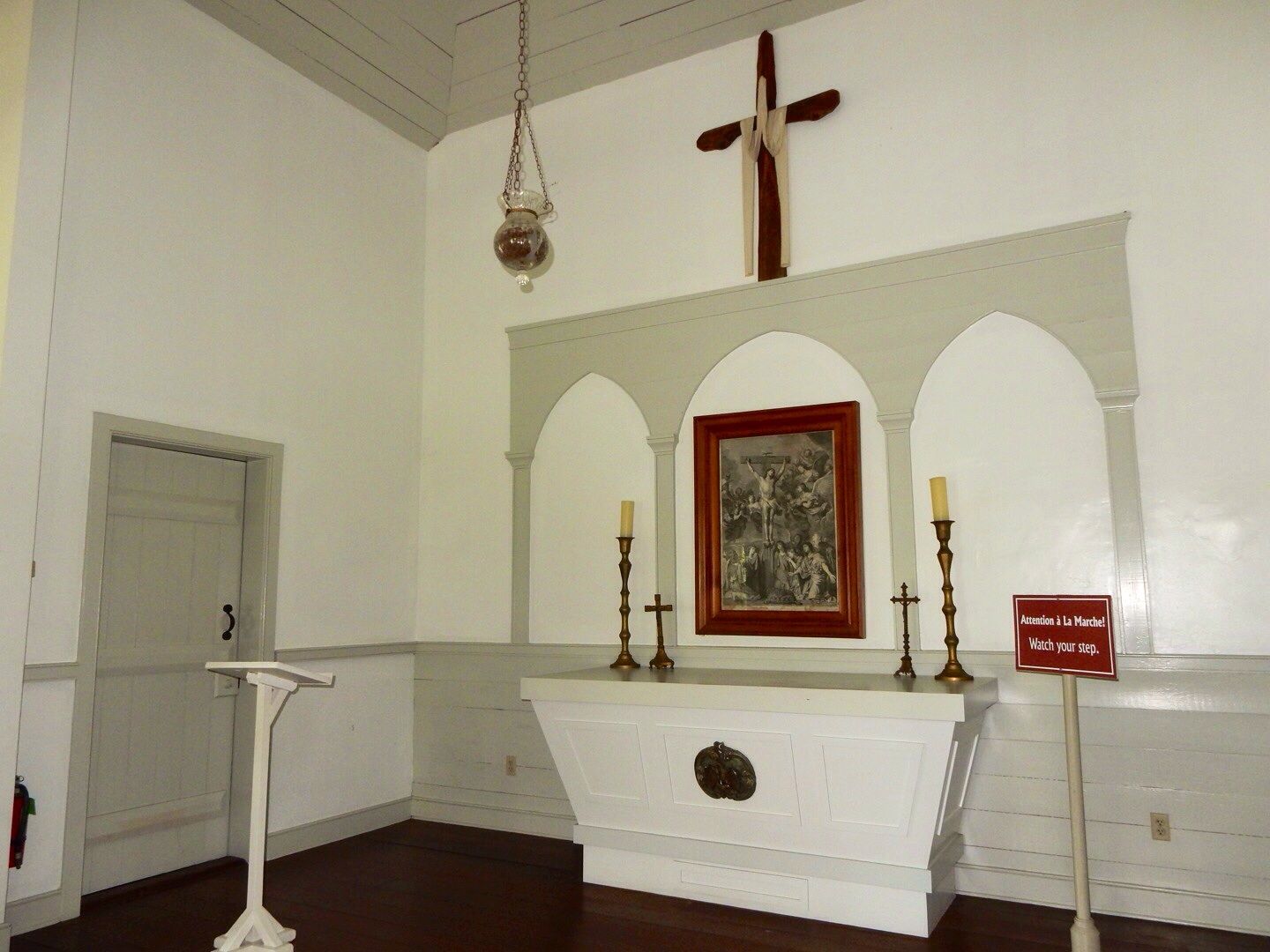
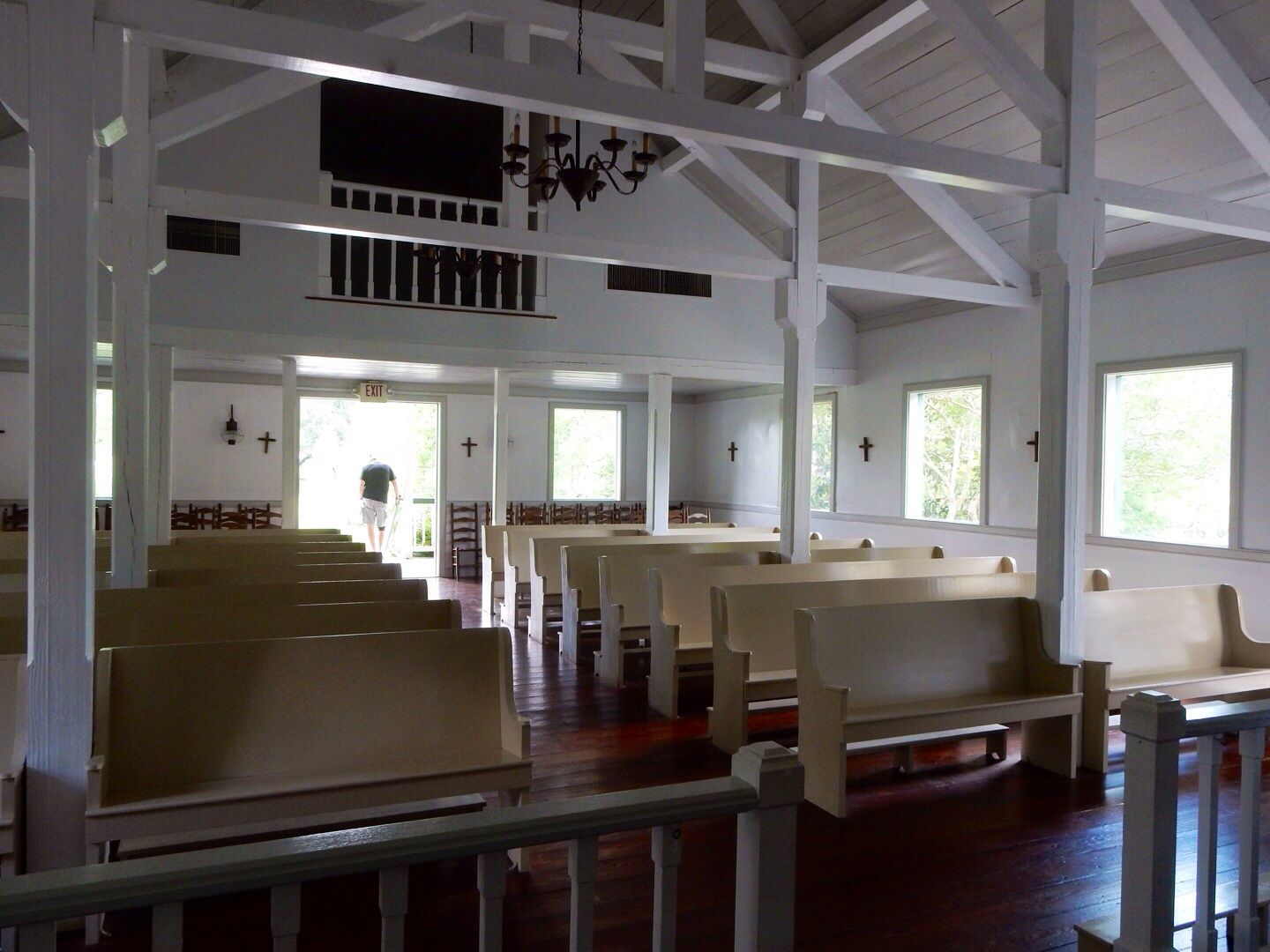
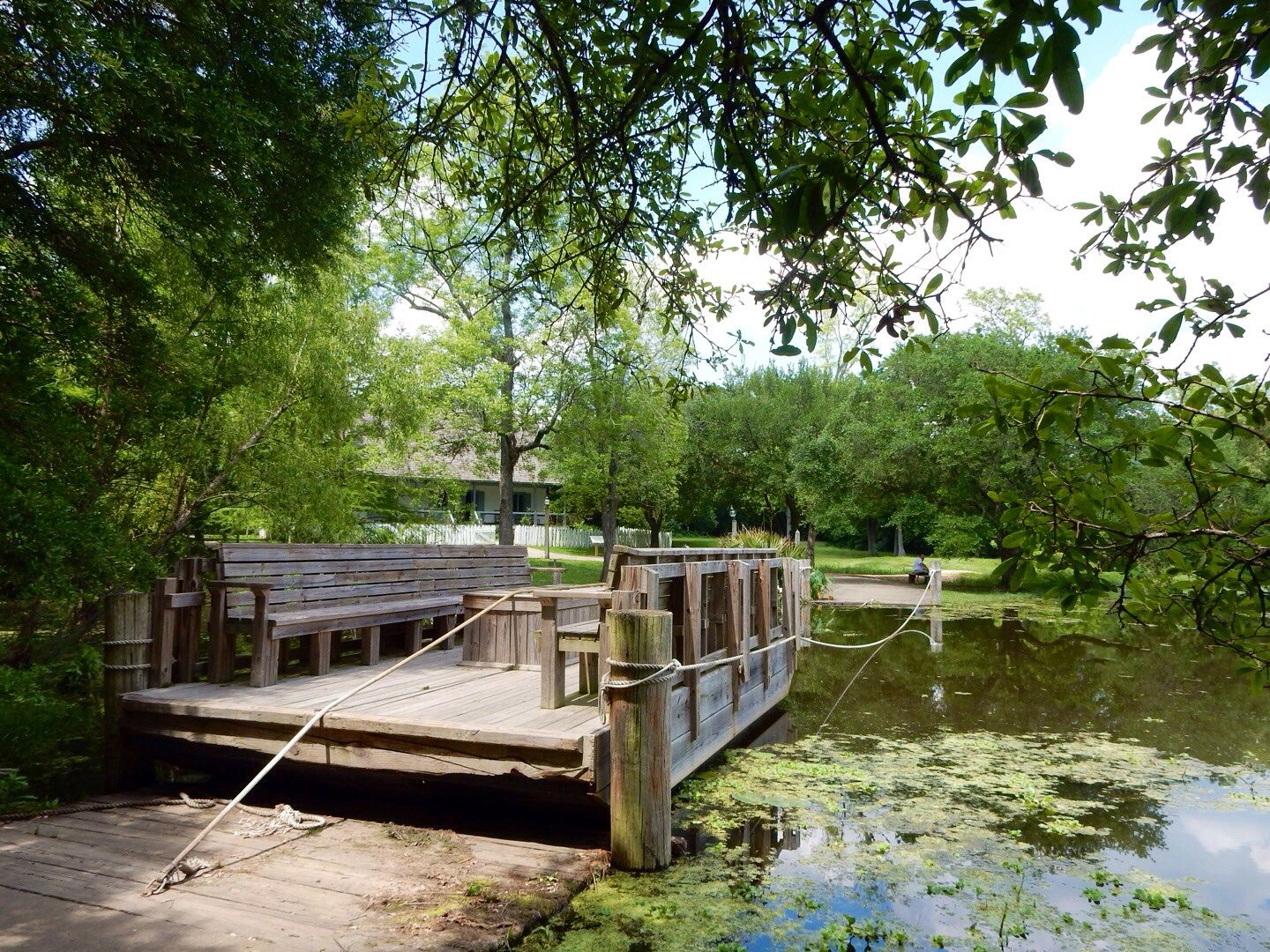
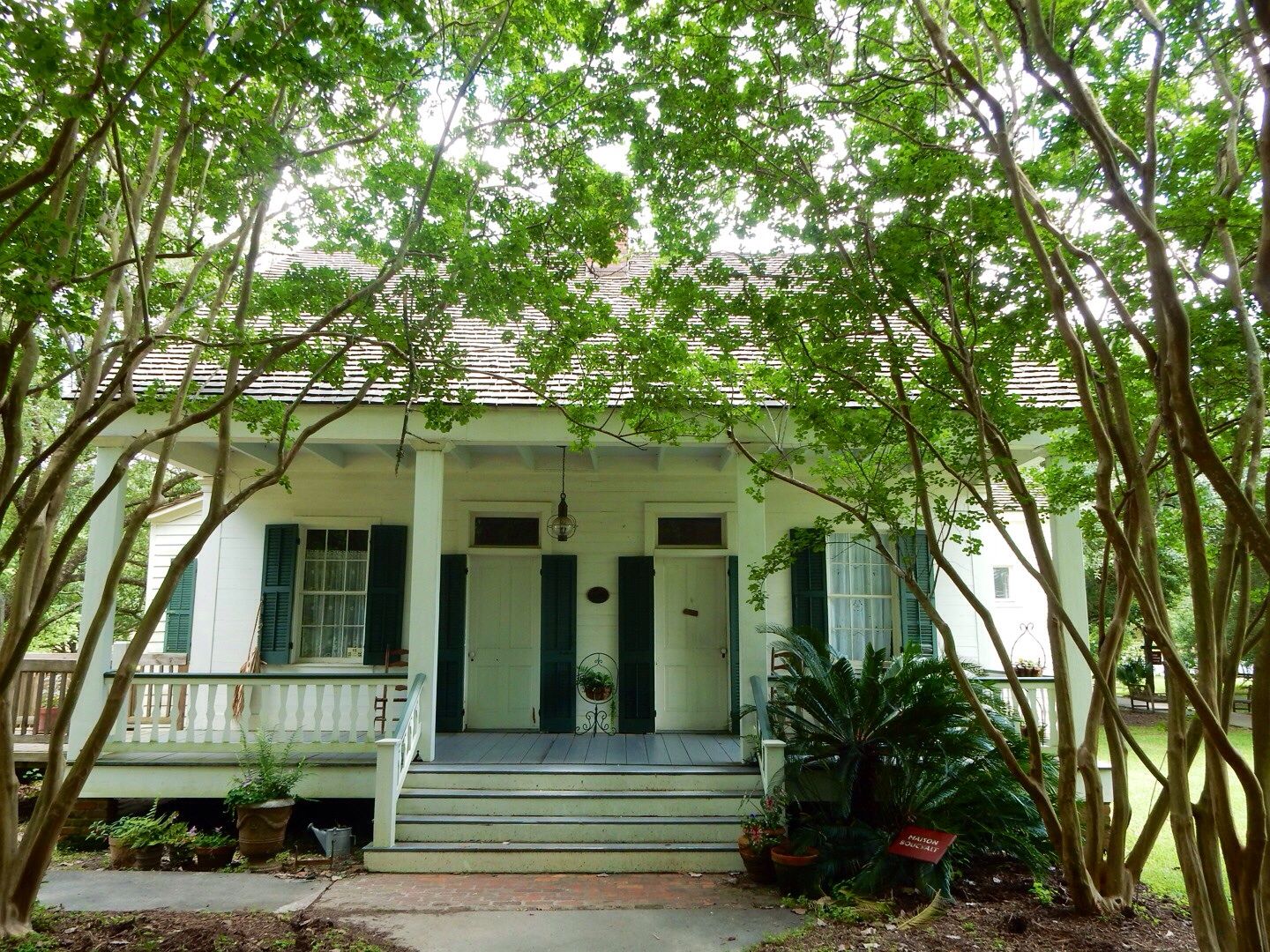
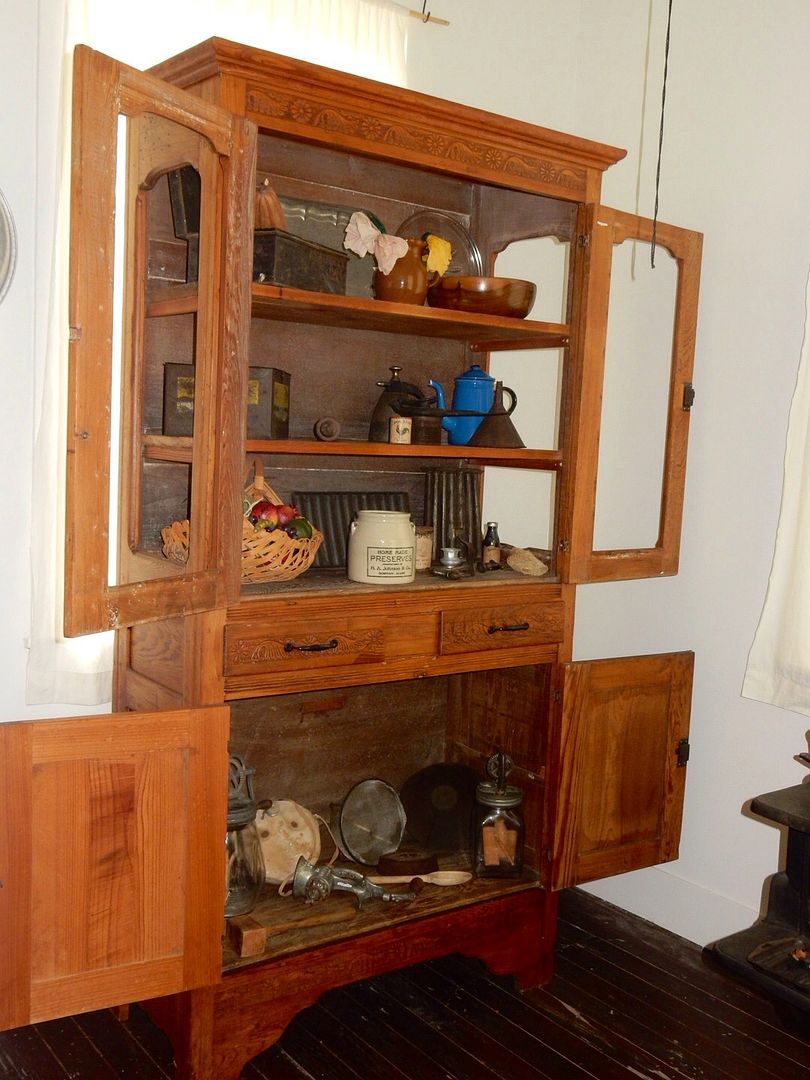
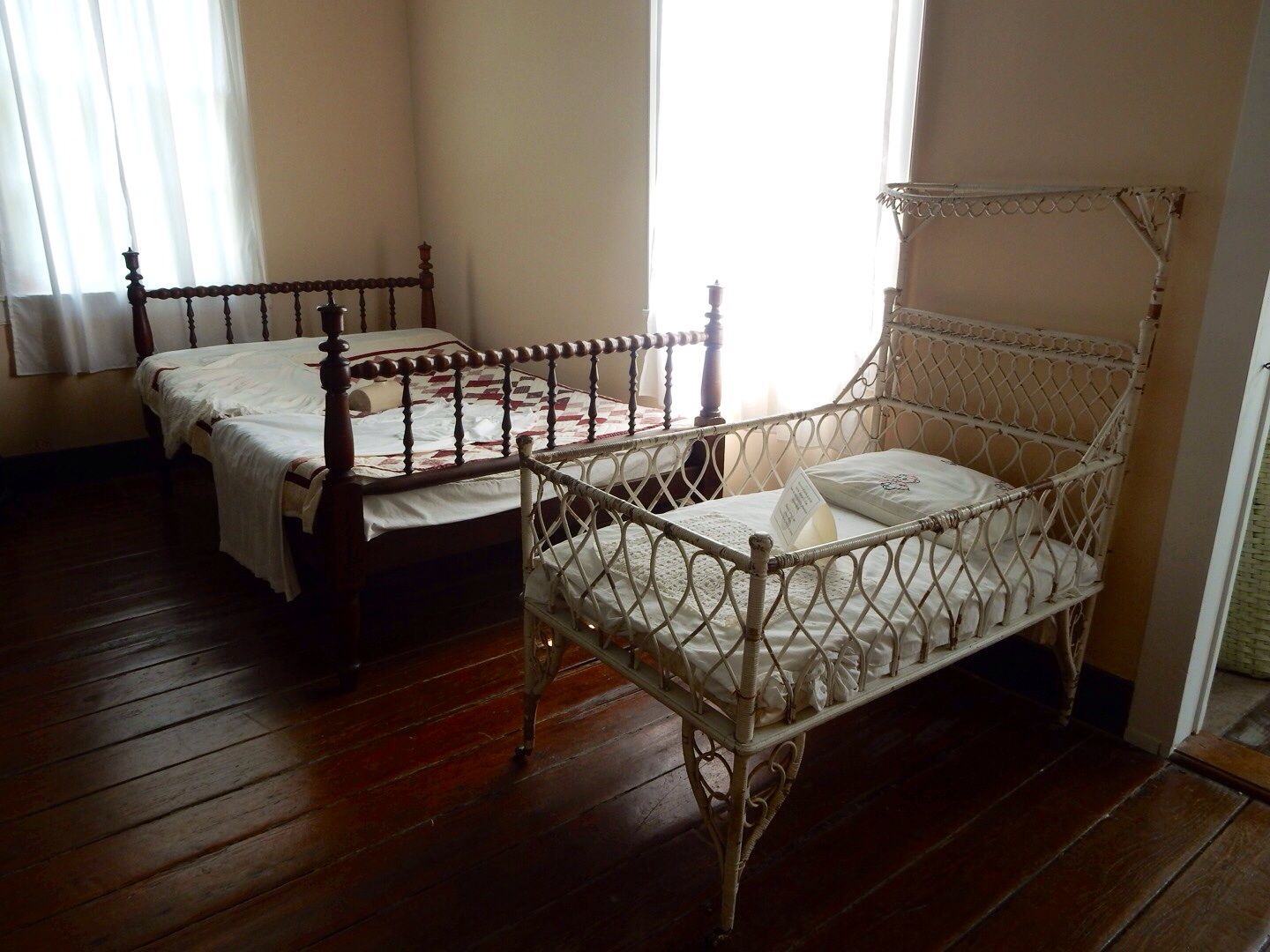
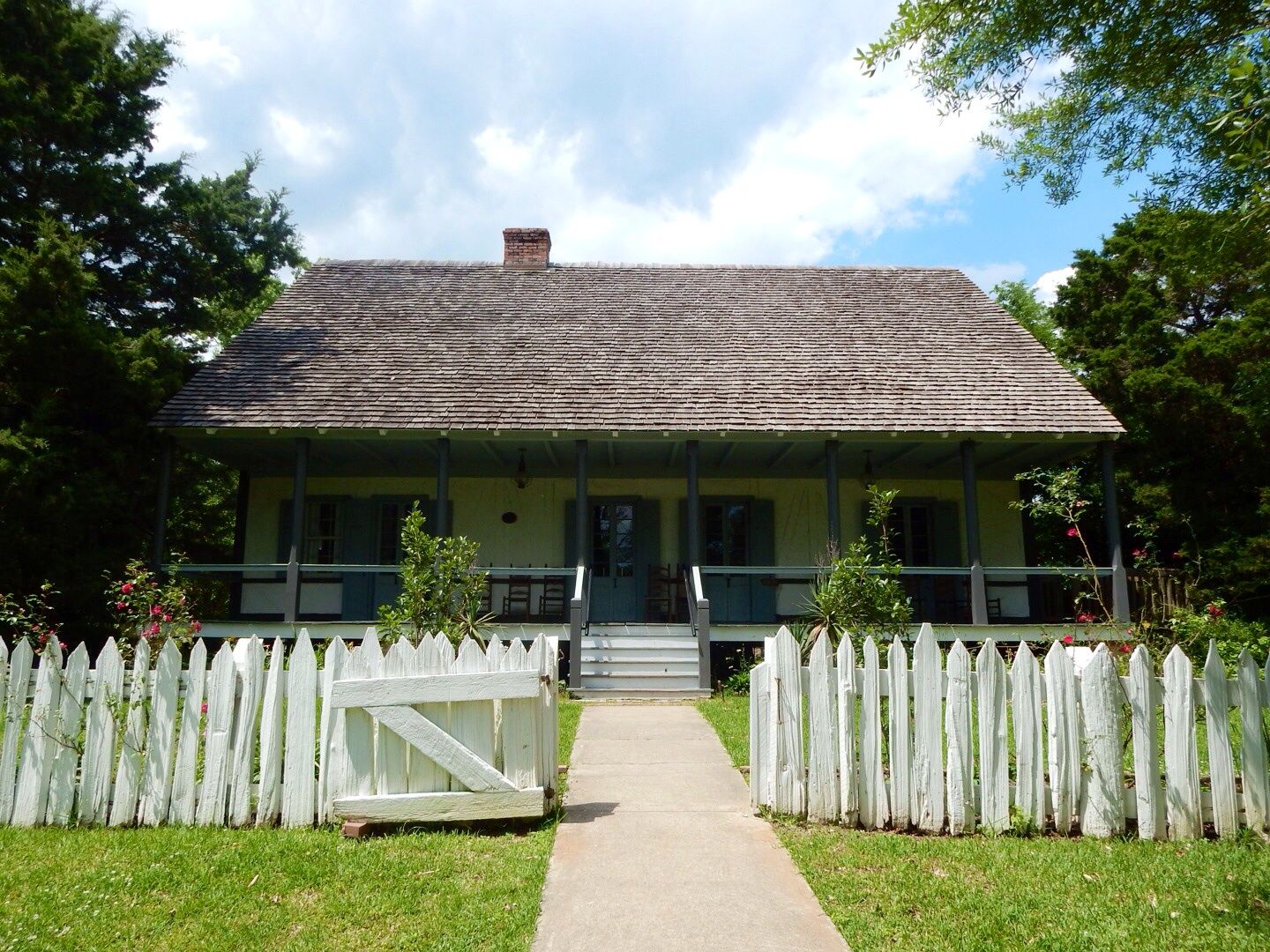
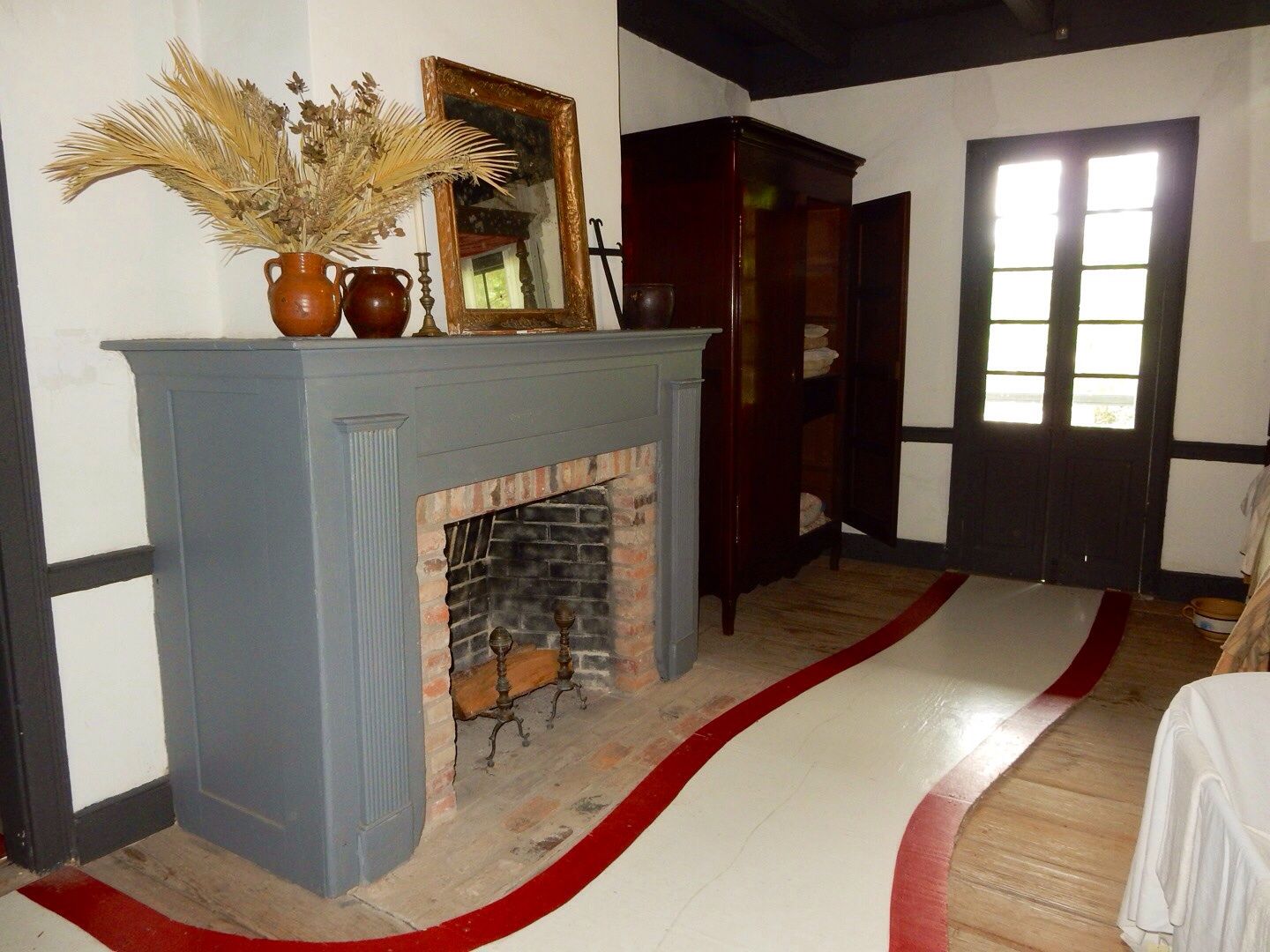
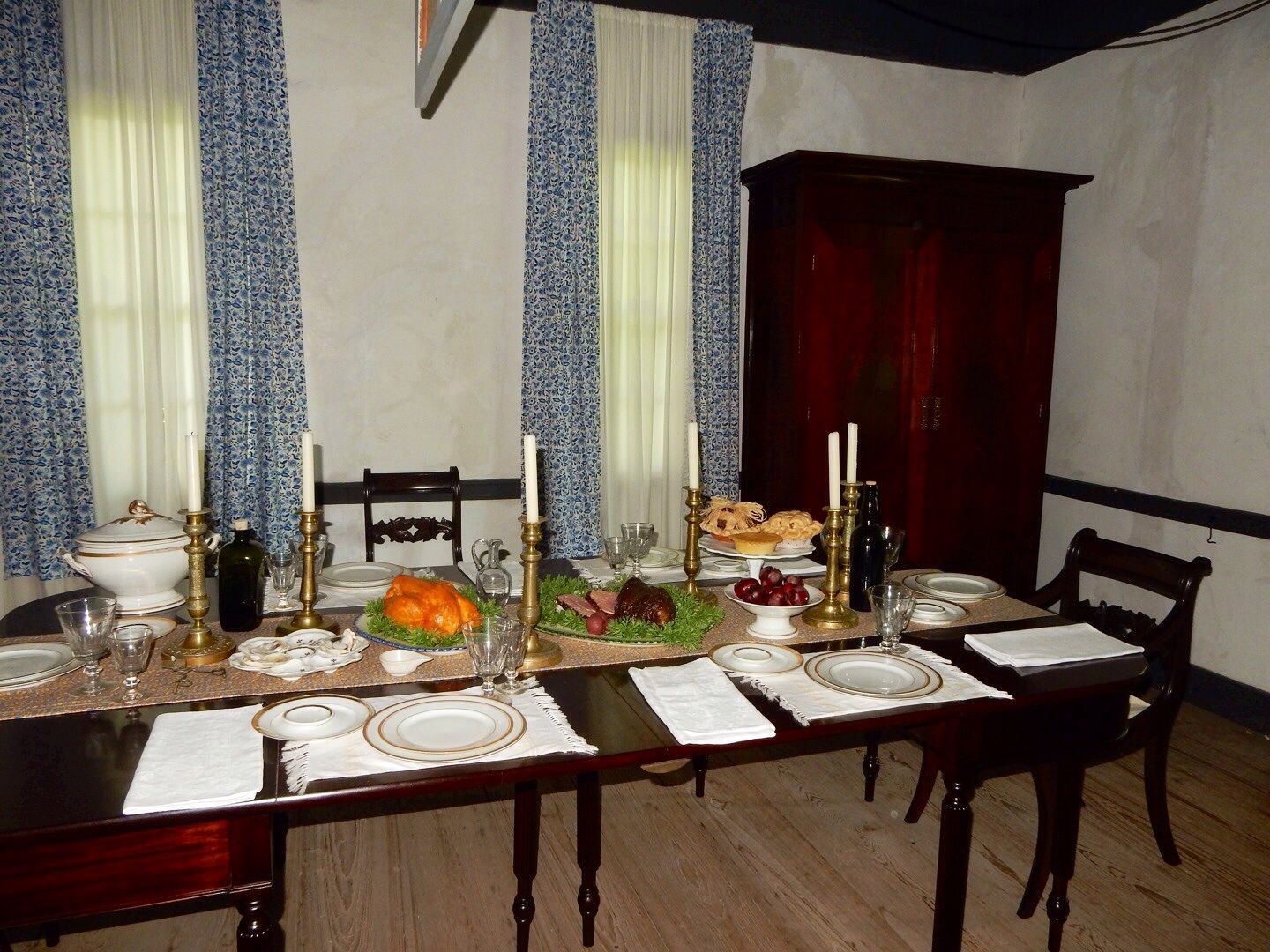
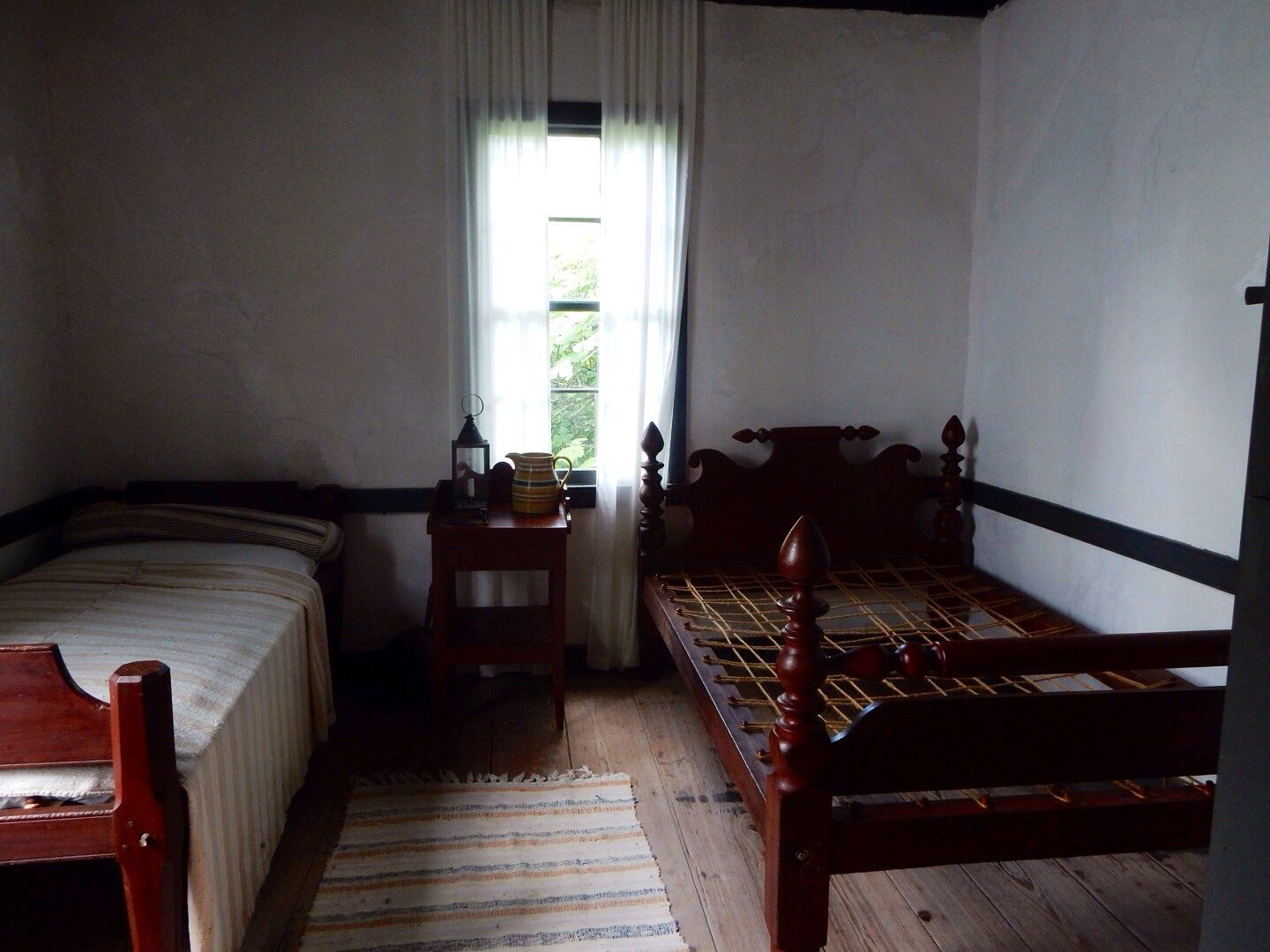
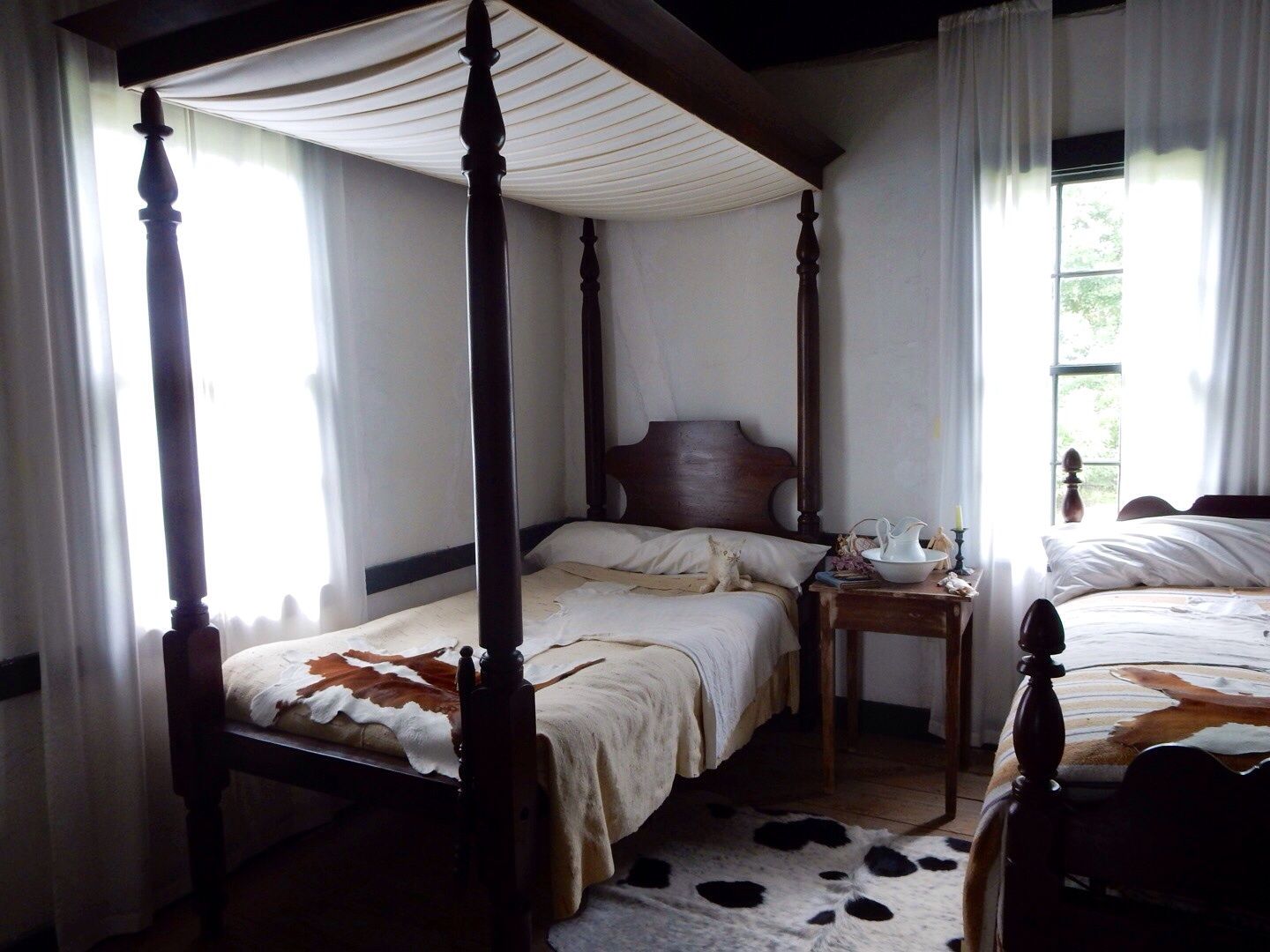
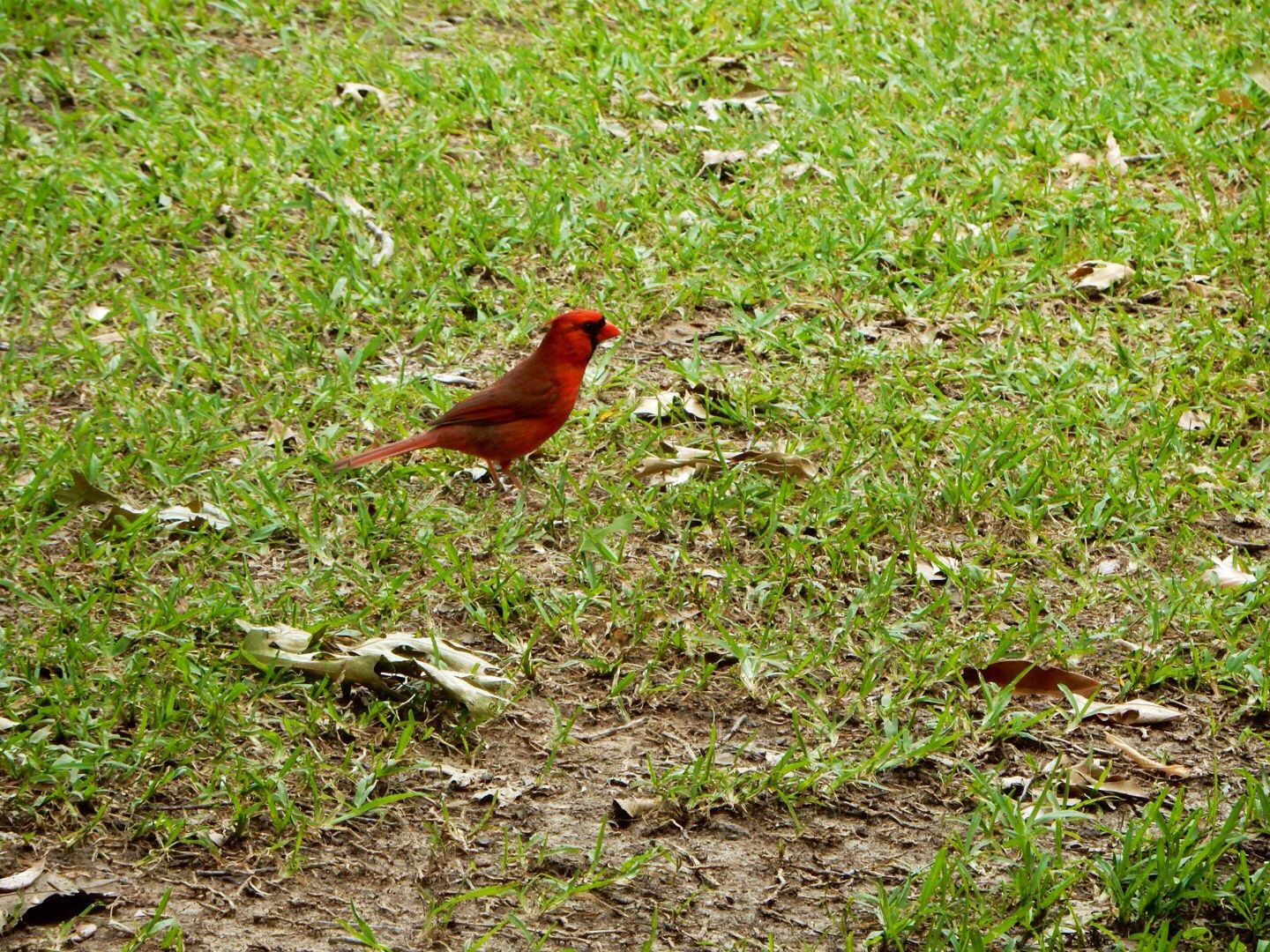
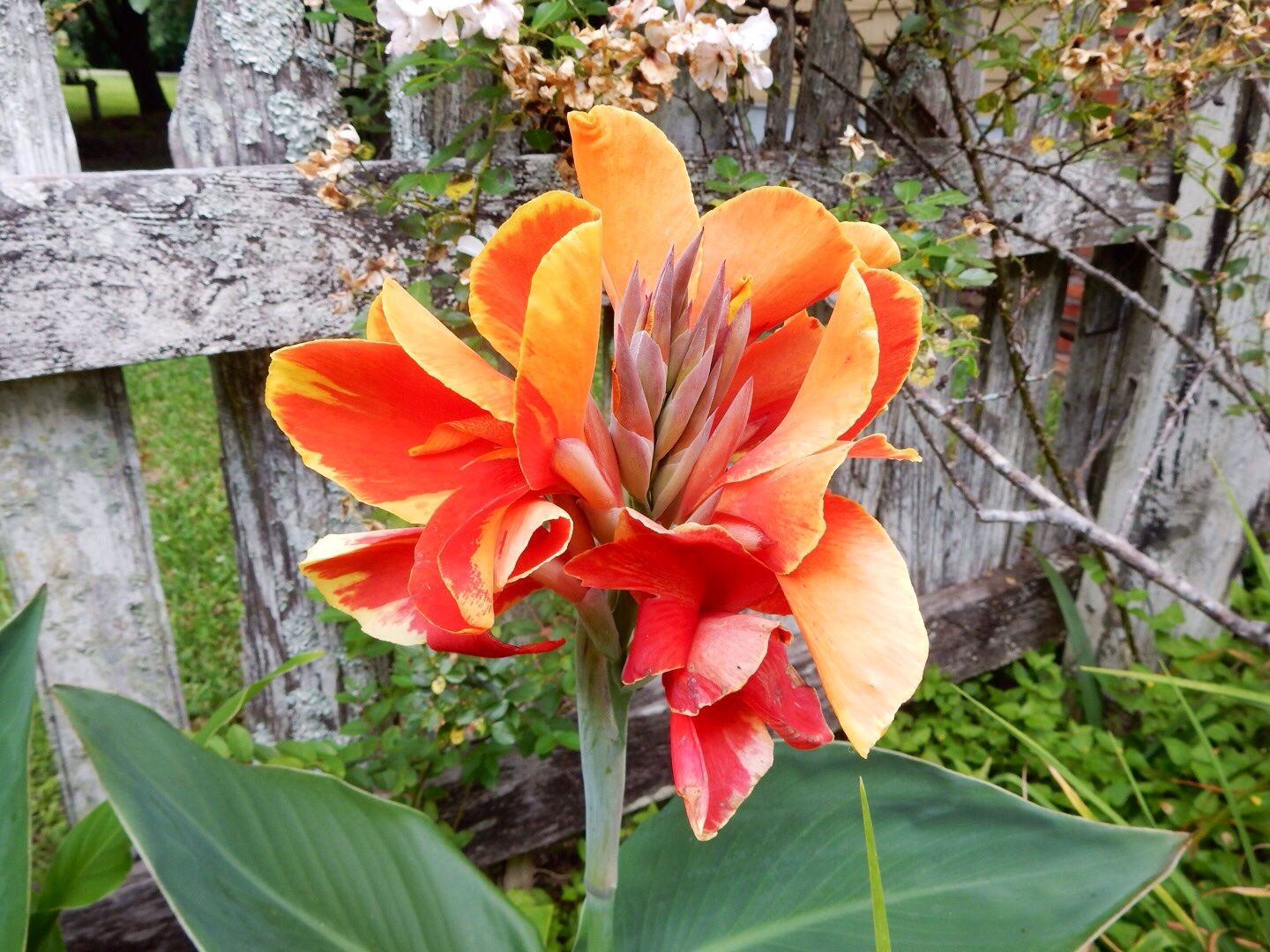
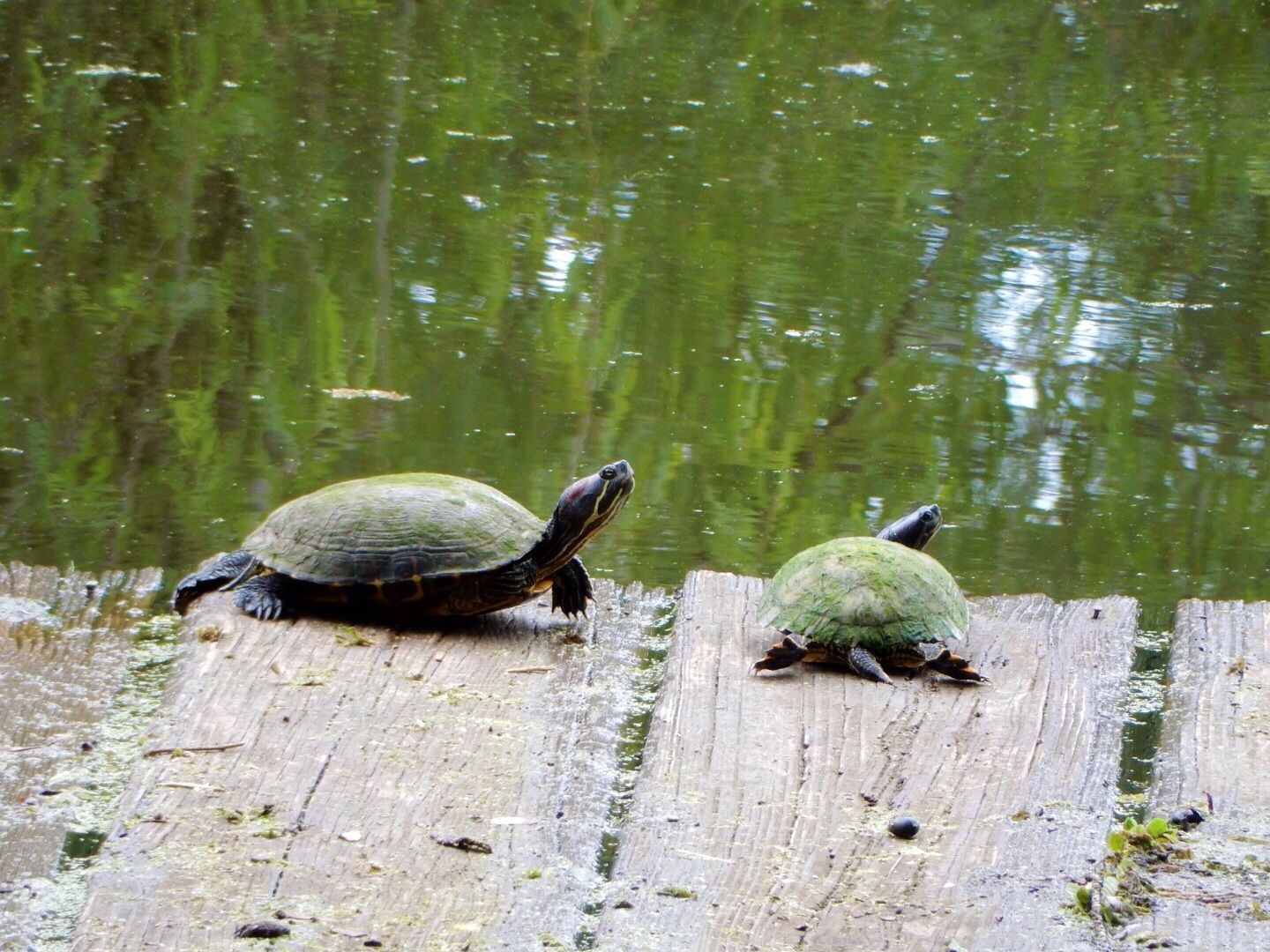
No comments:
Post a Comment